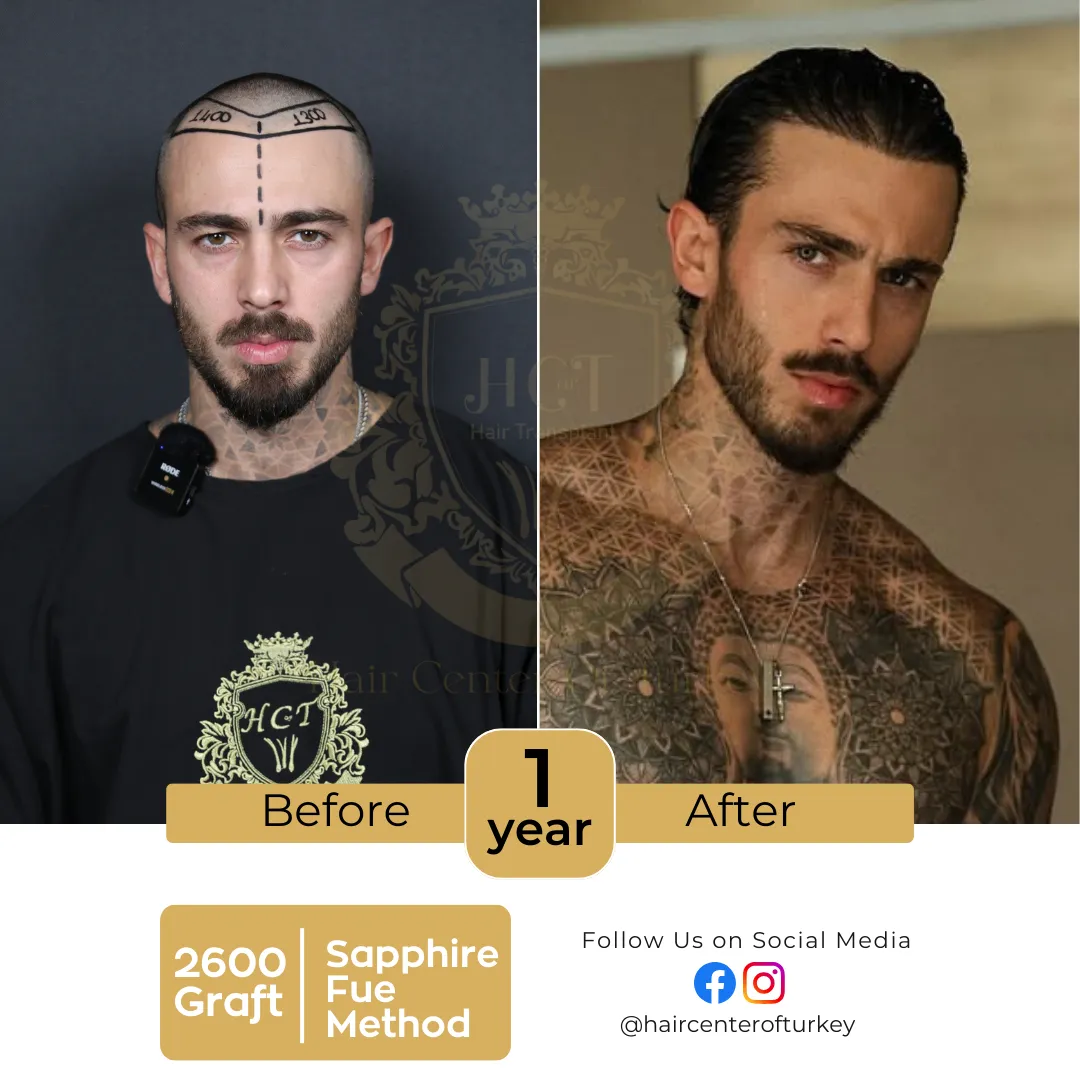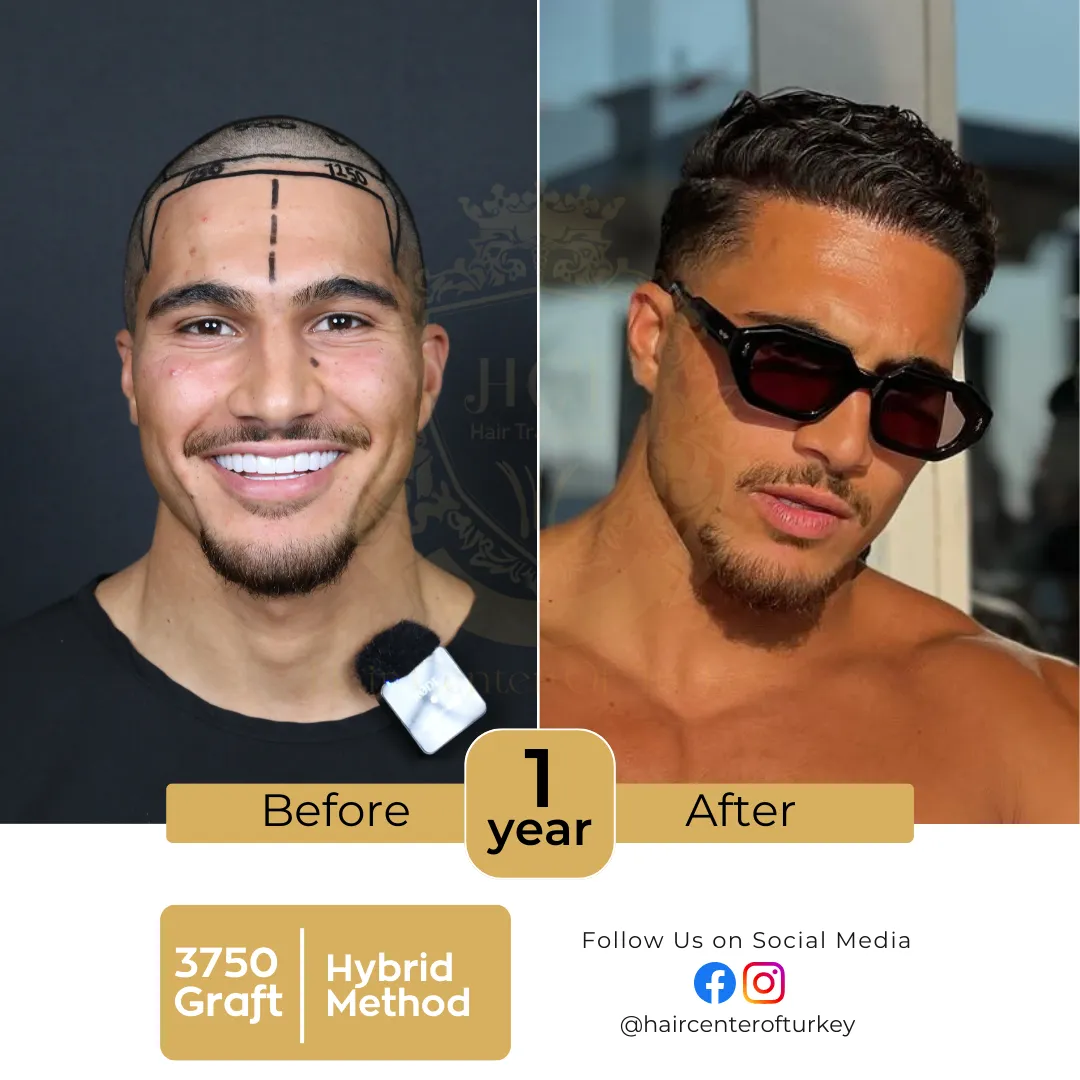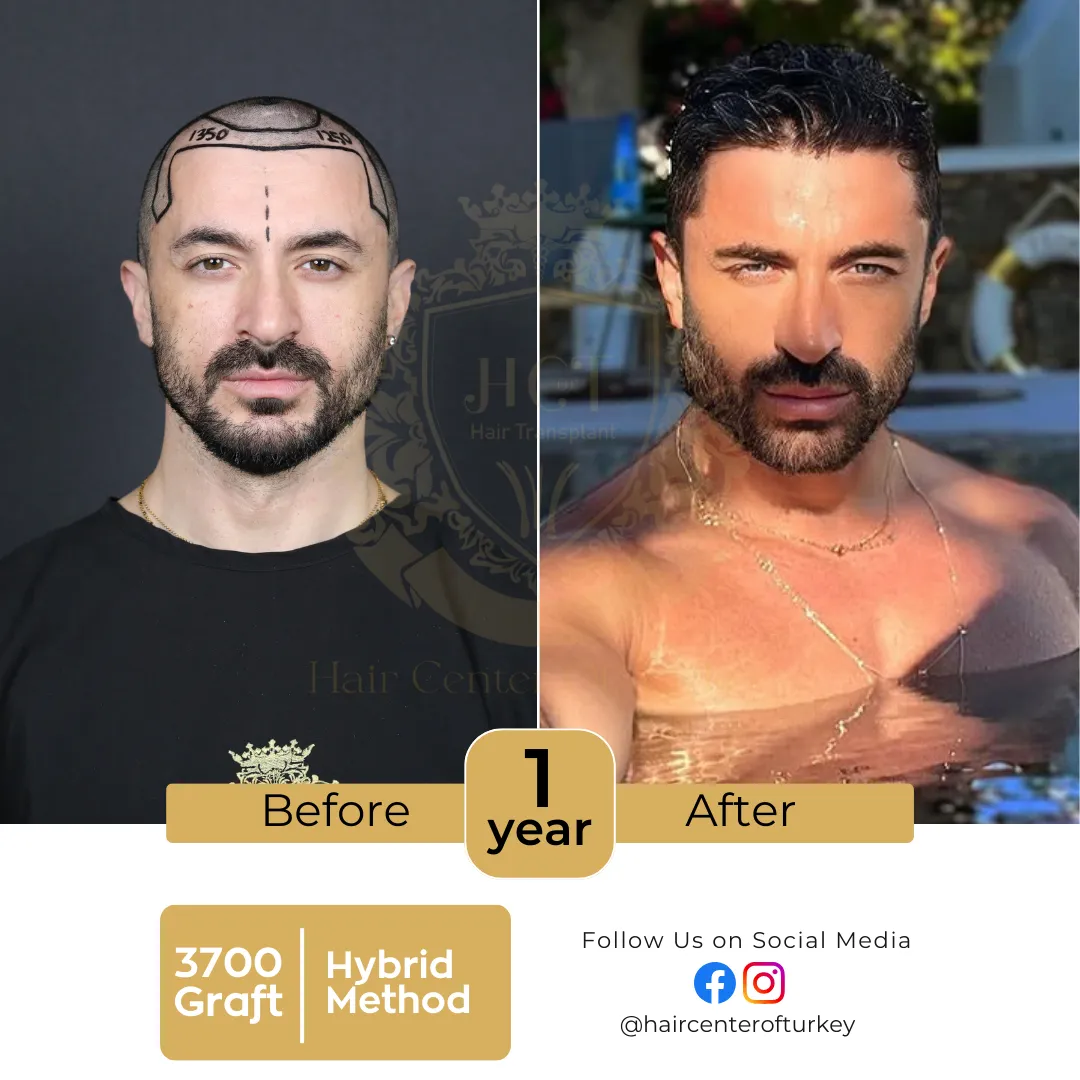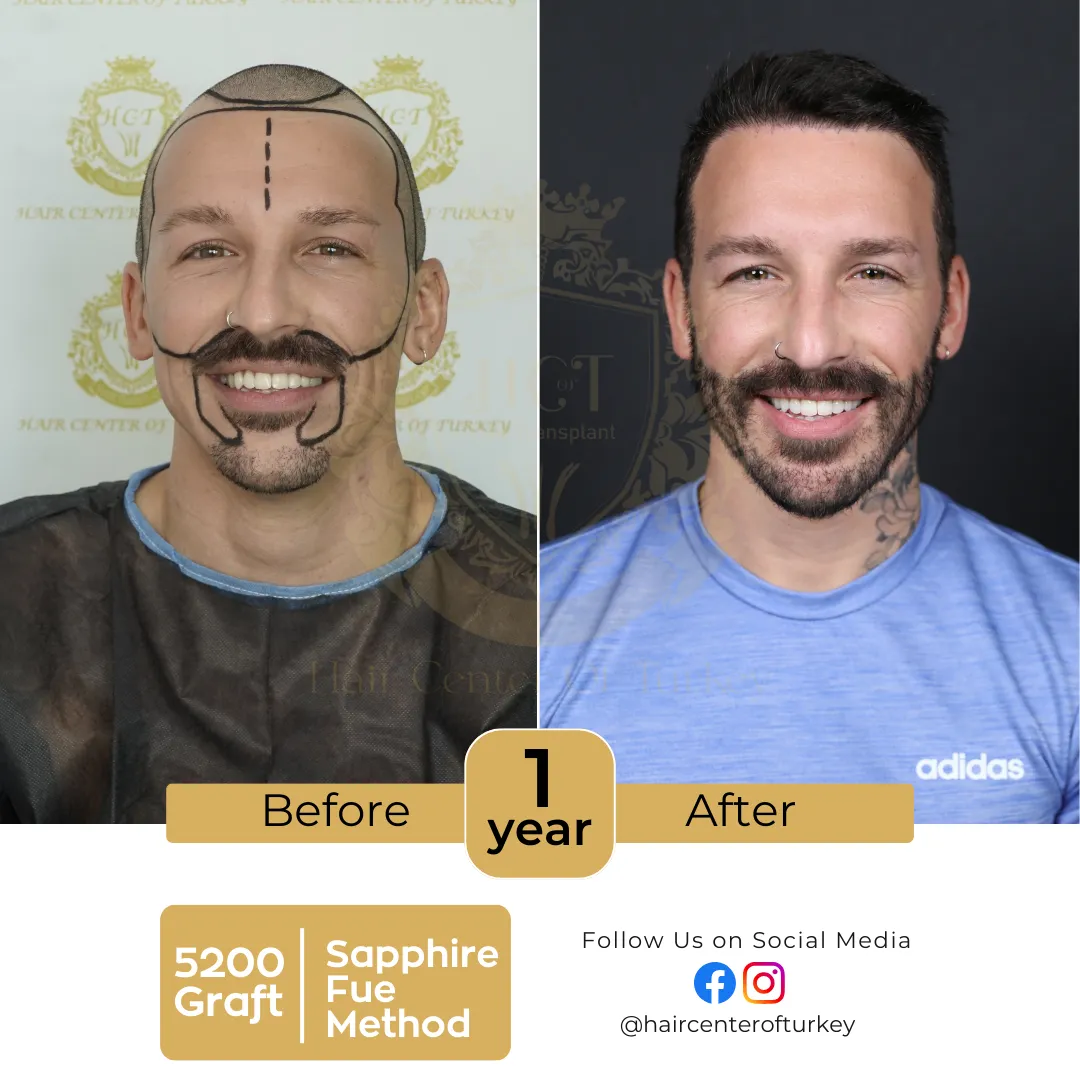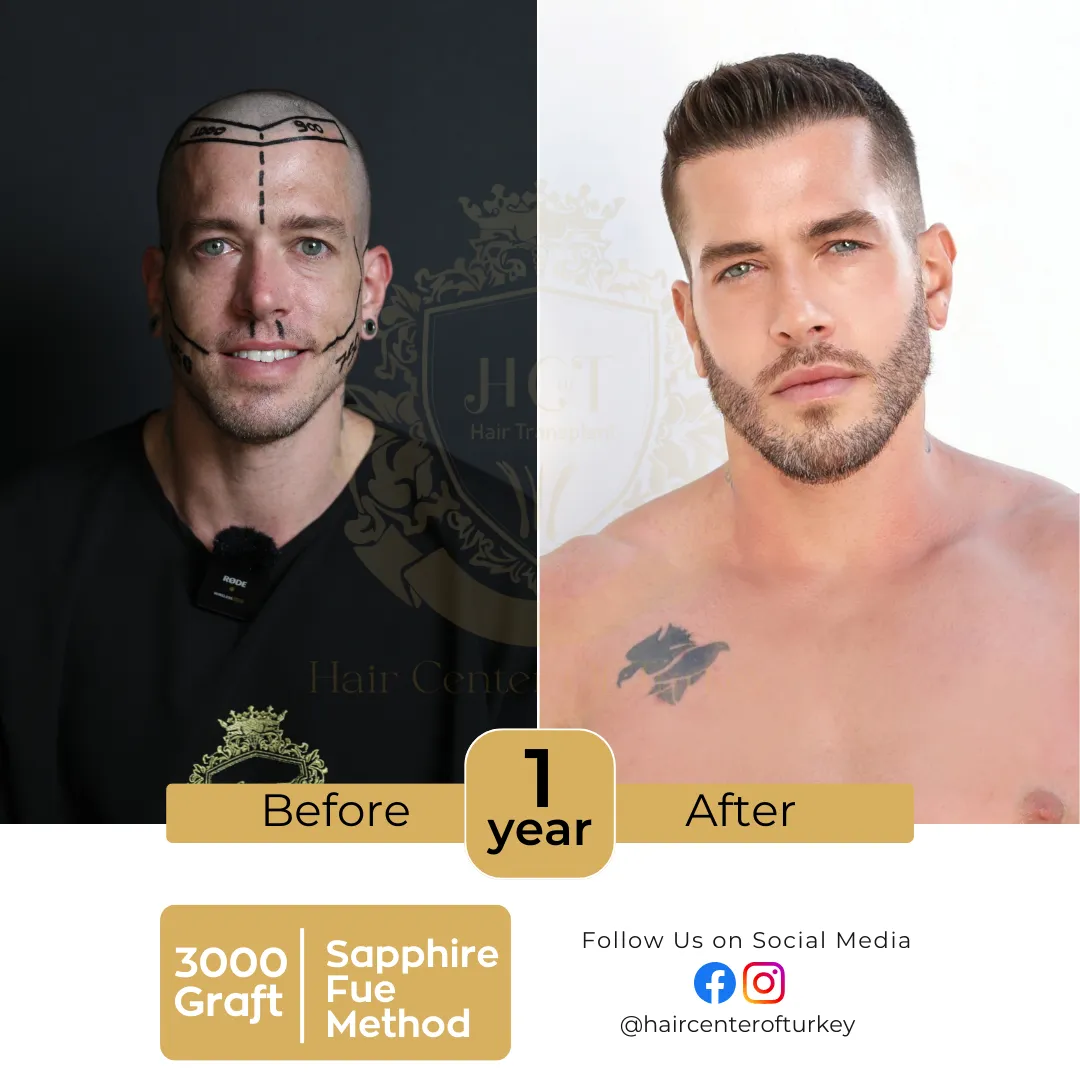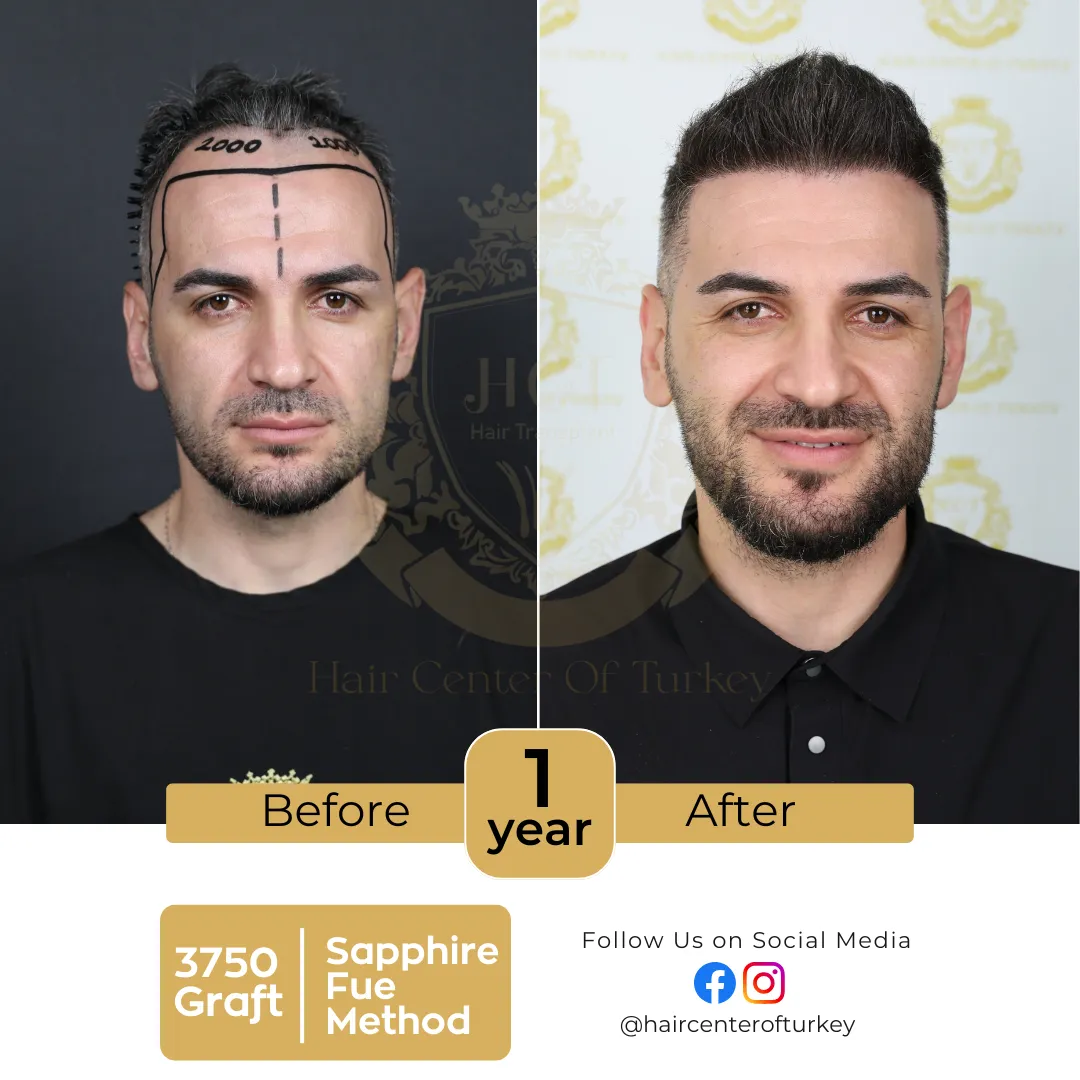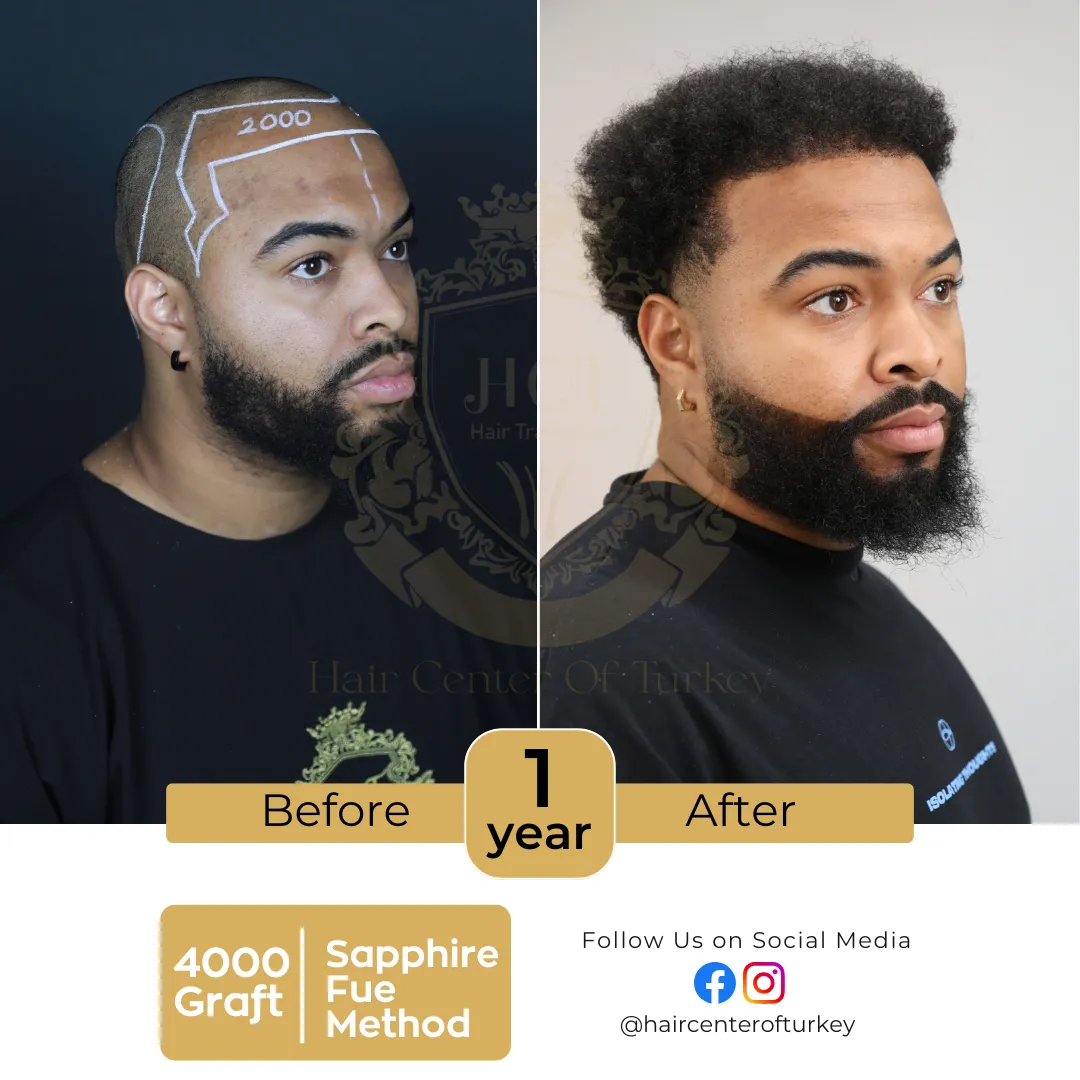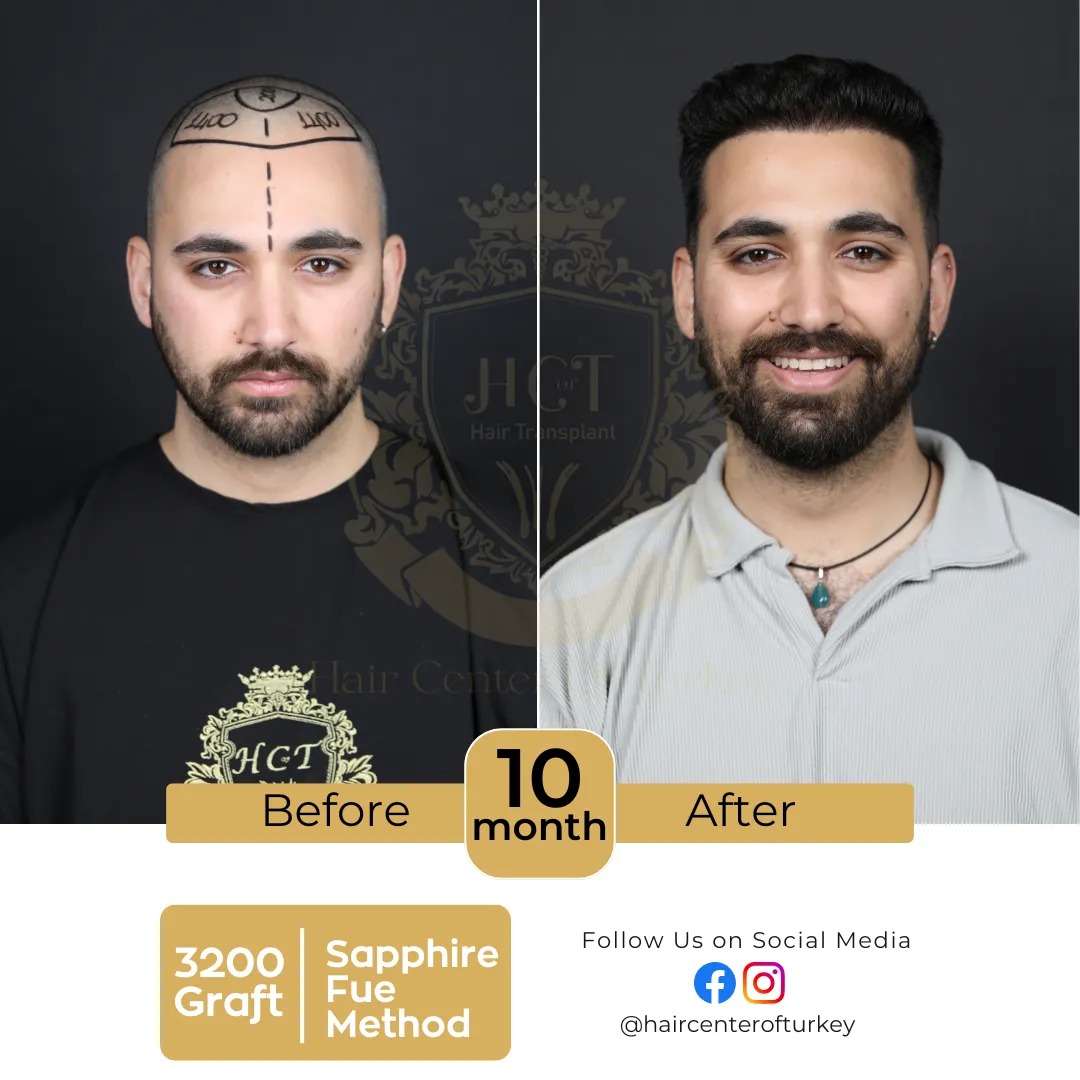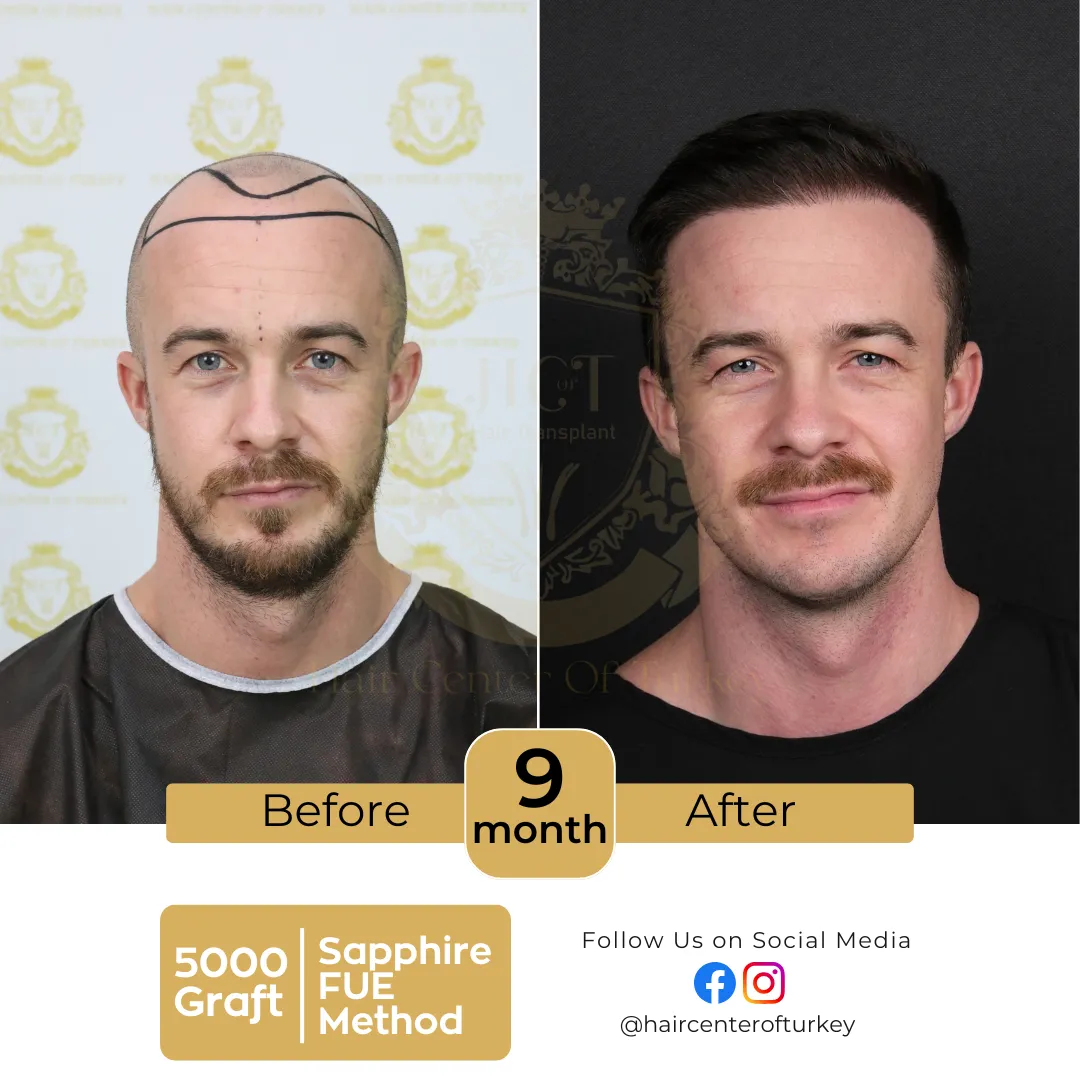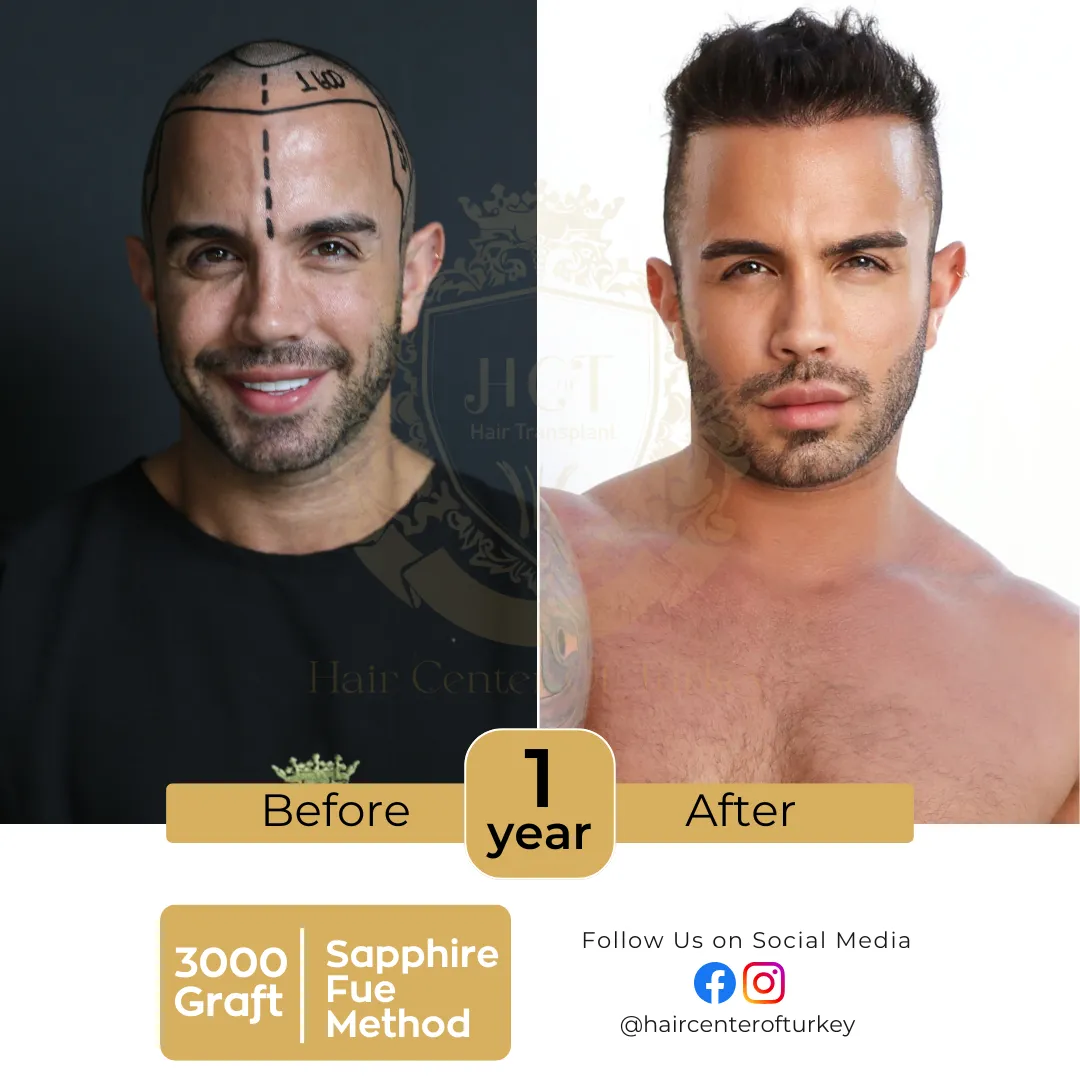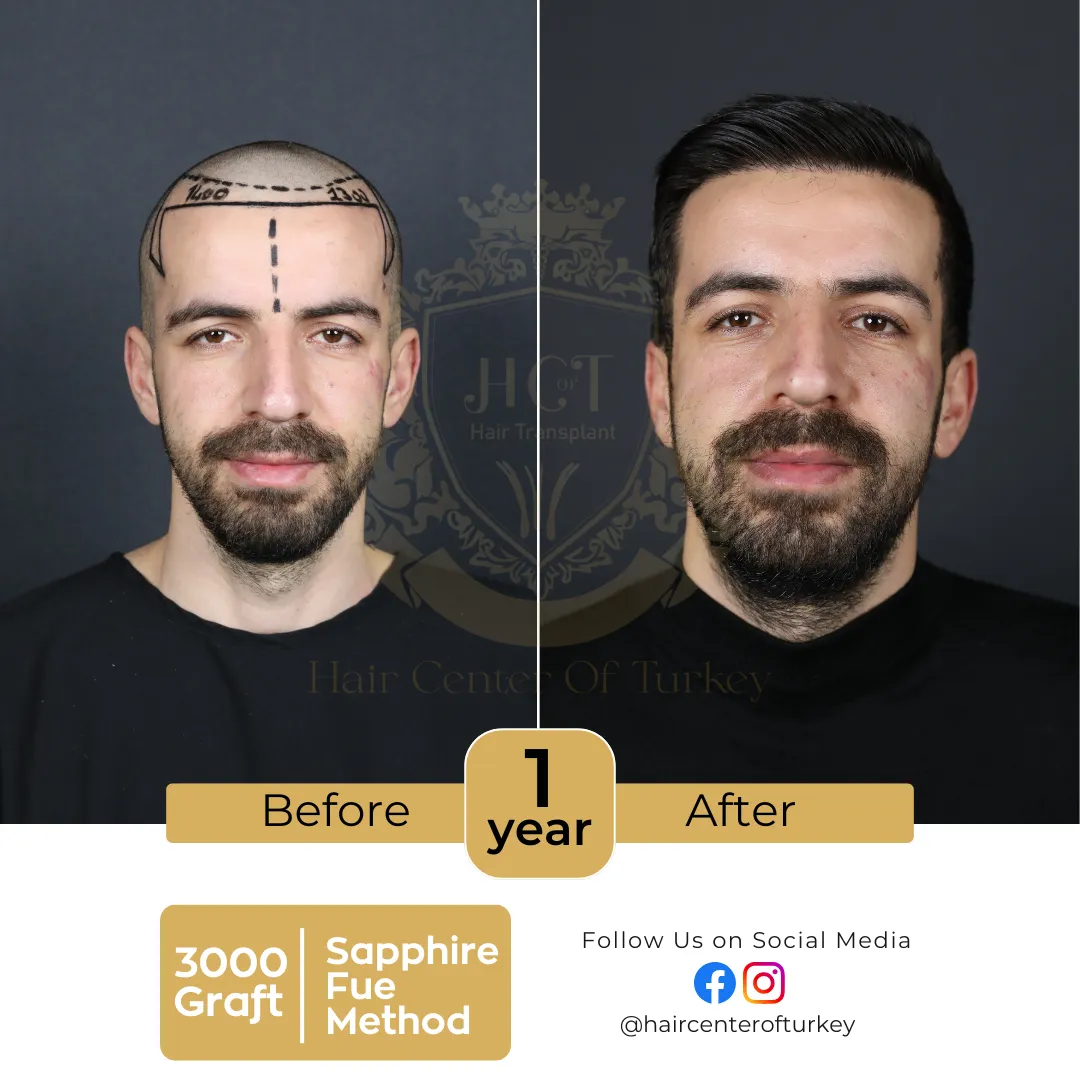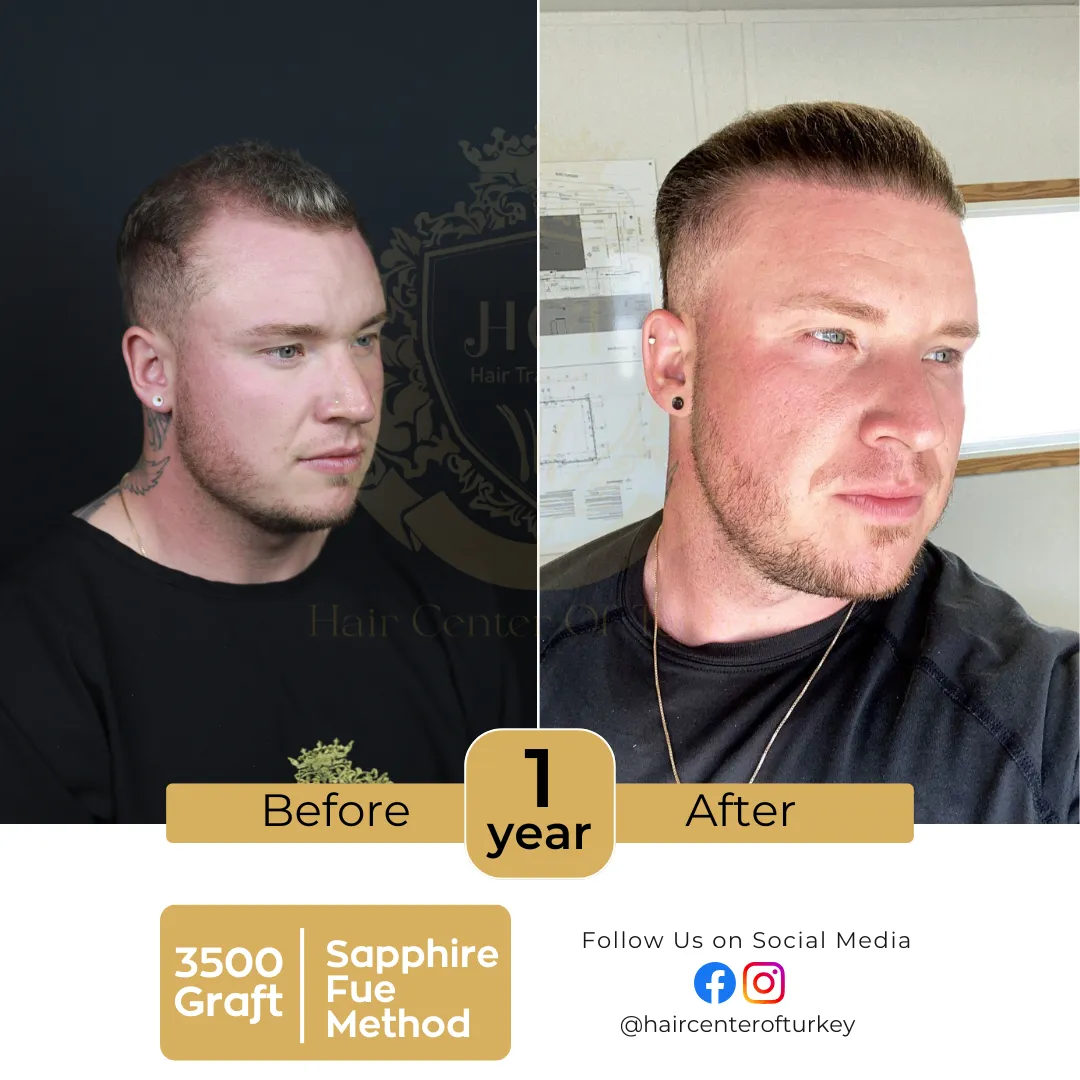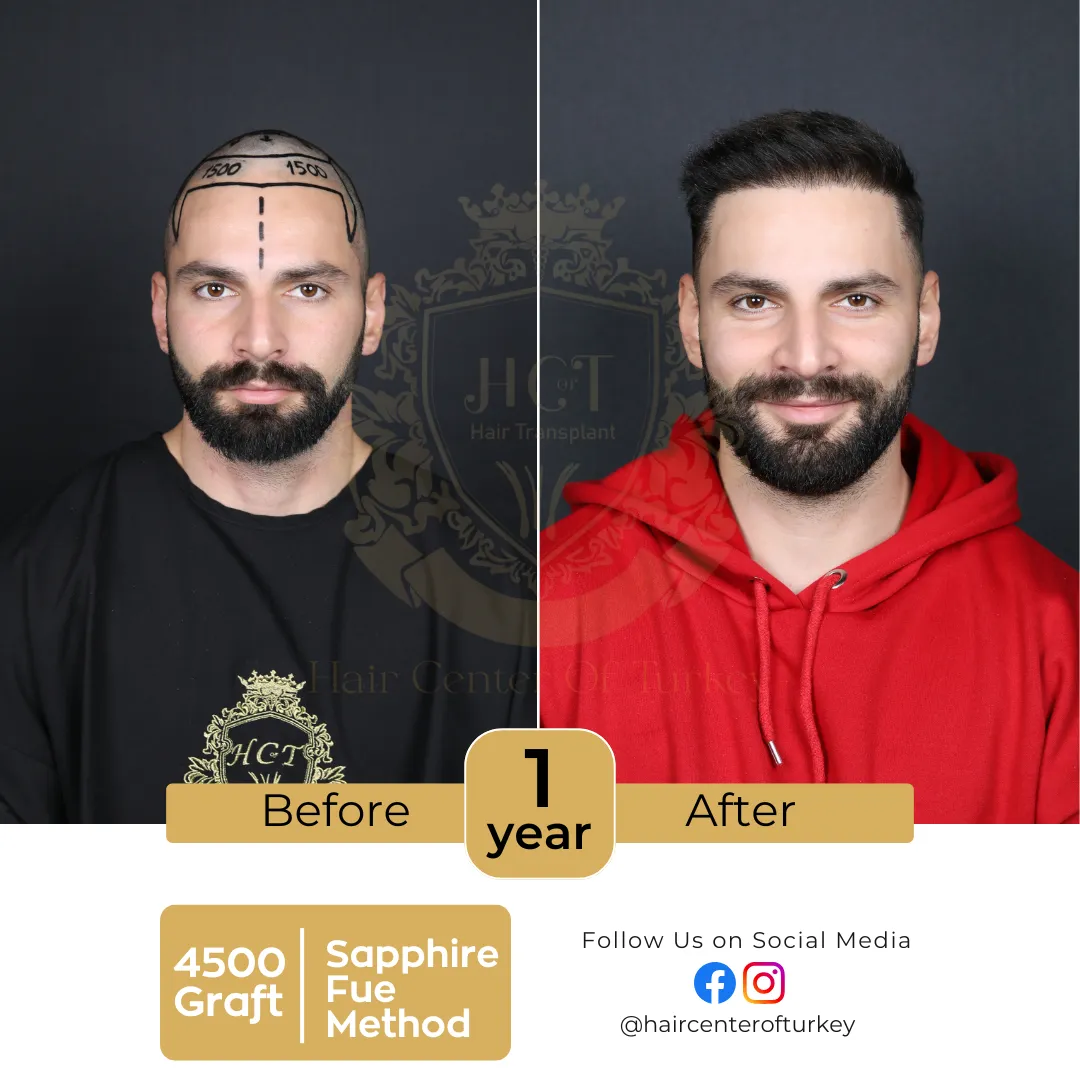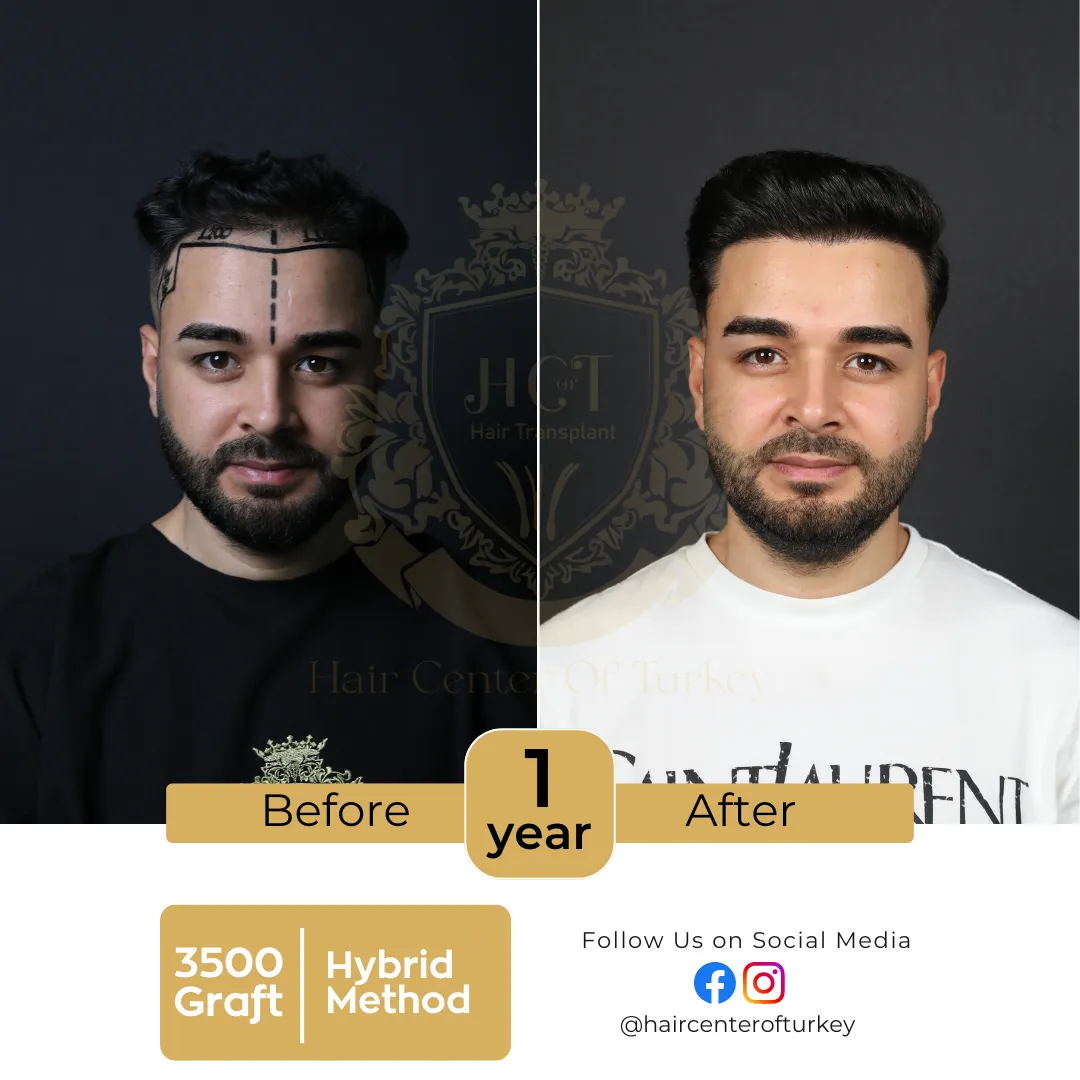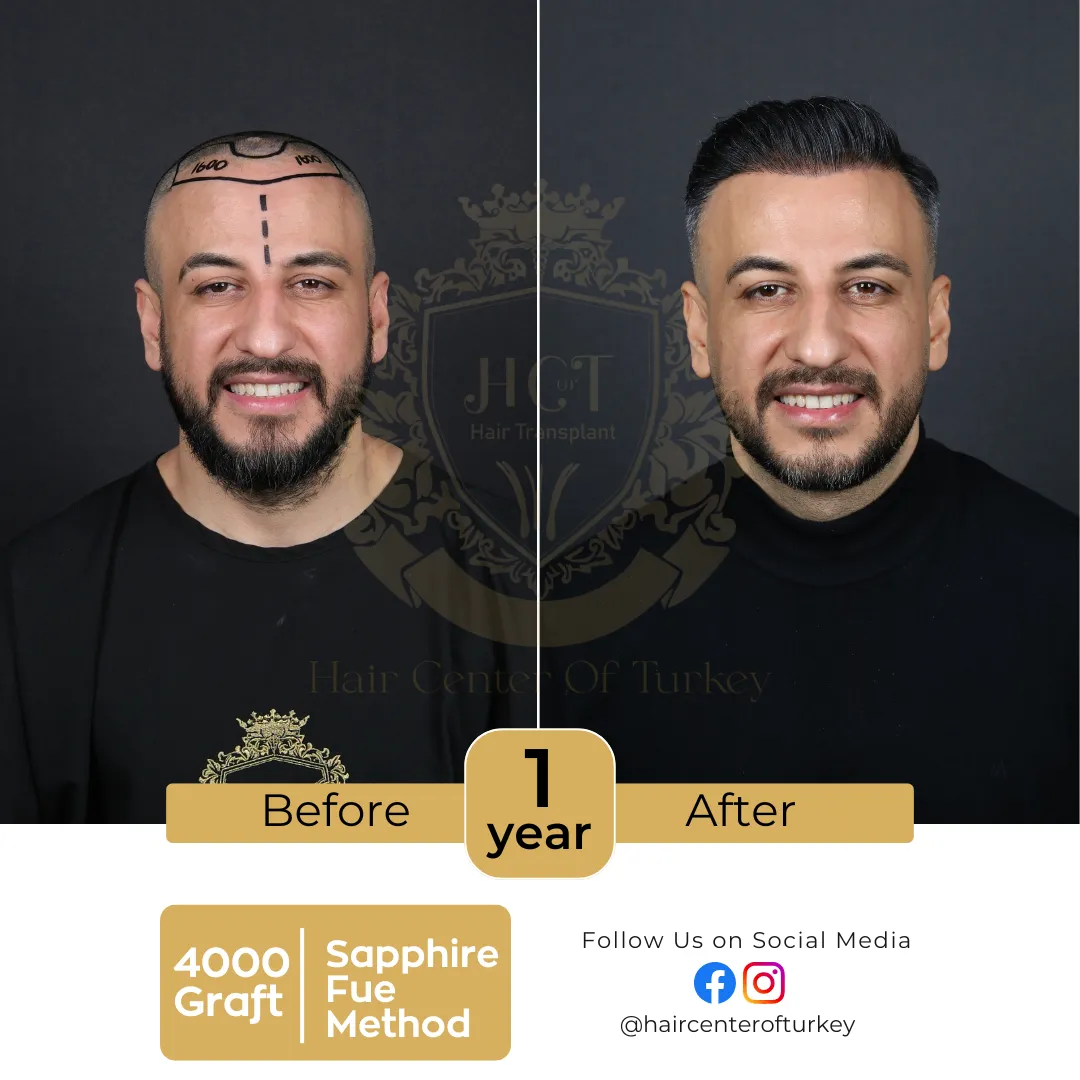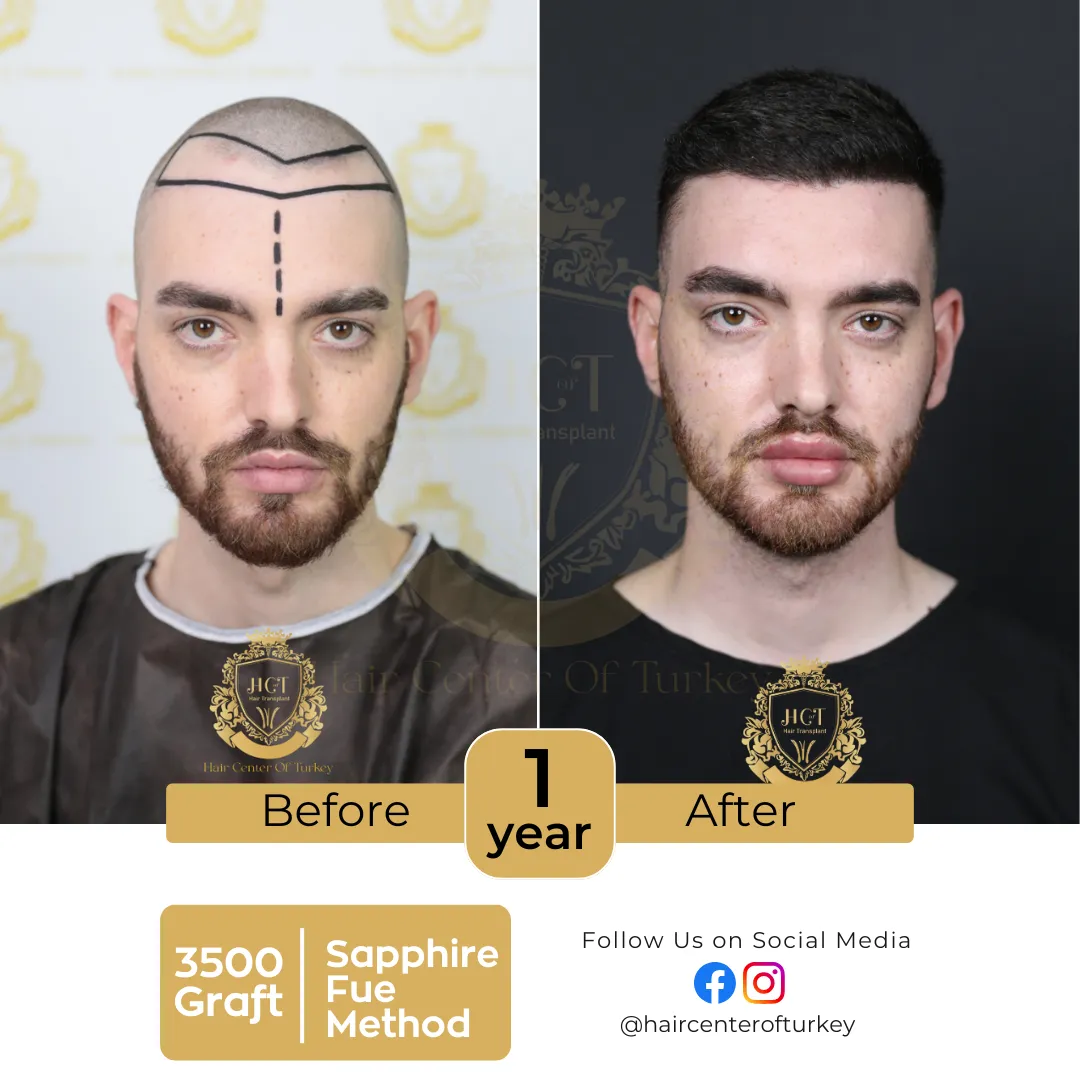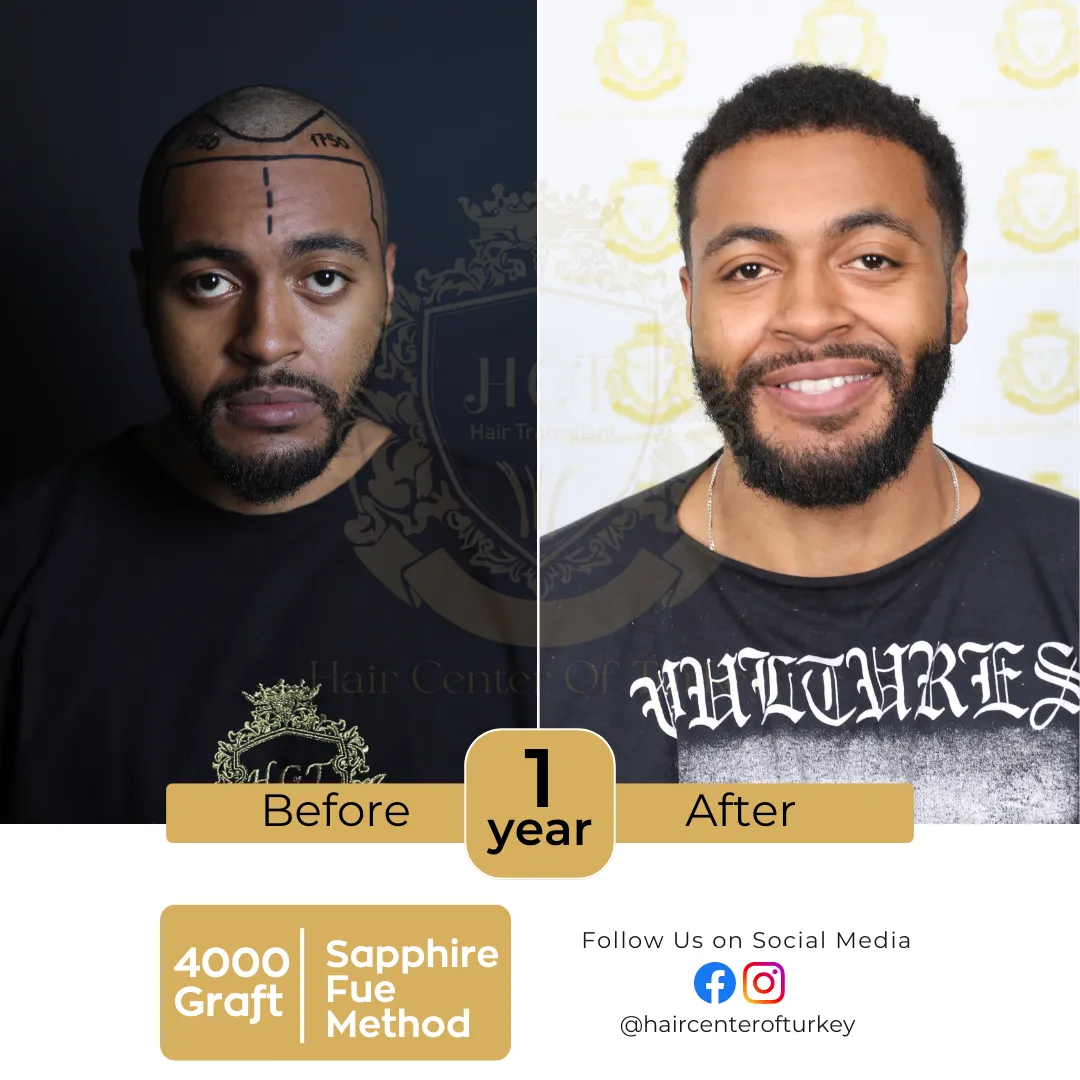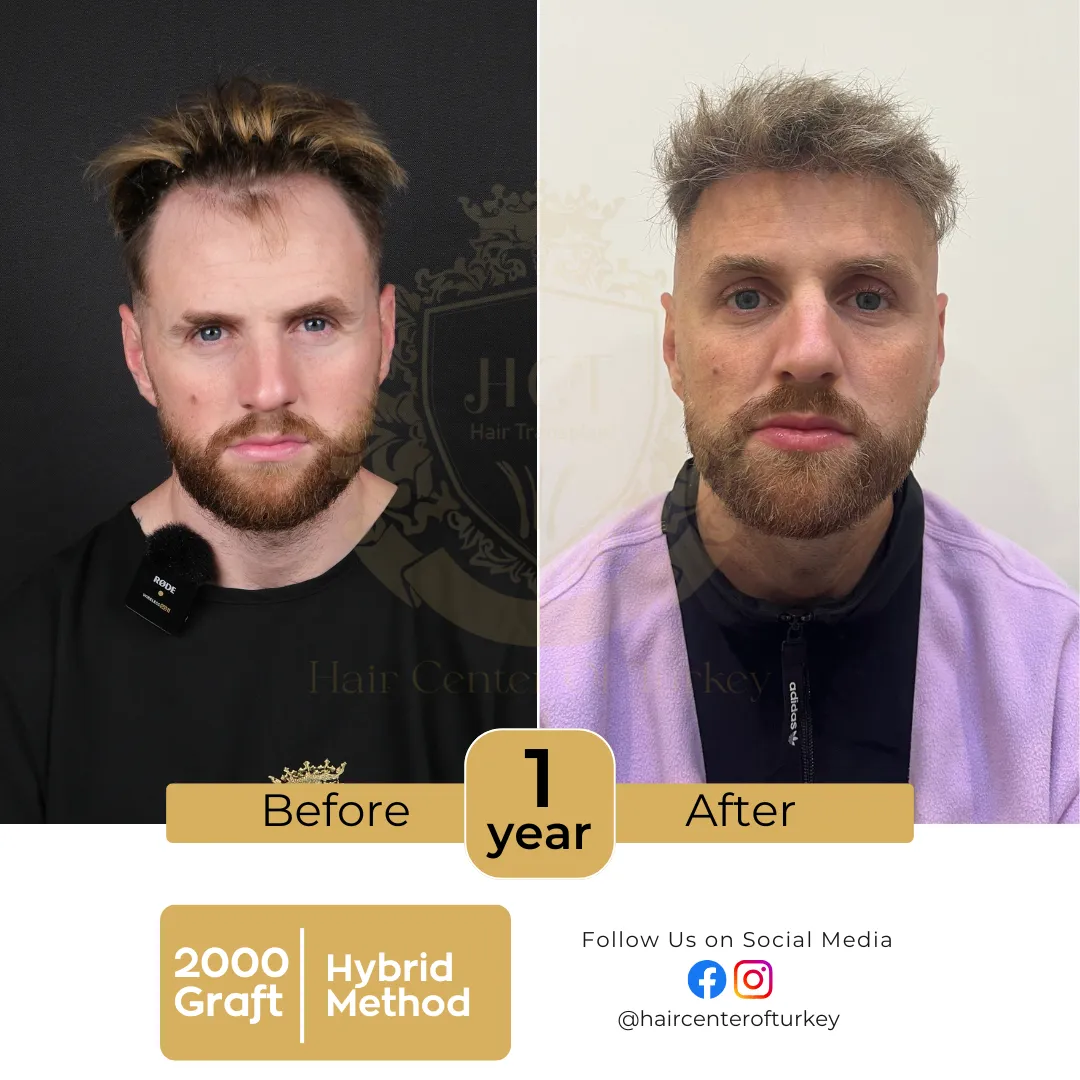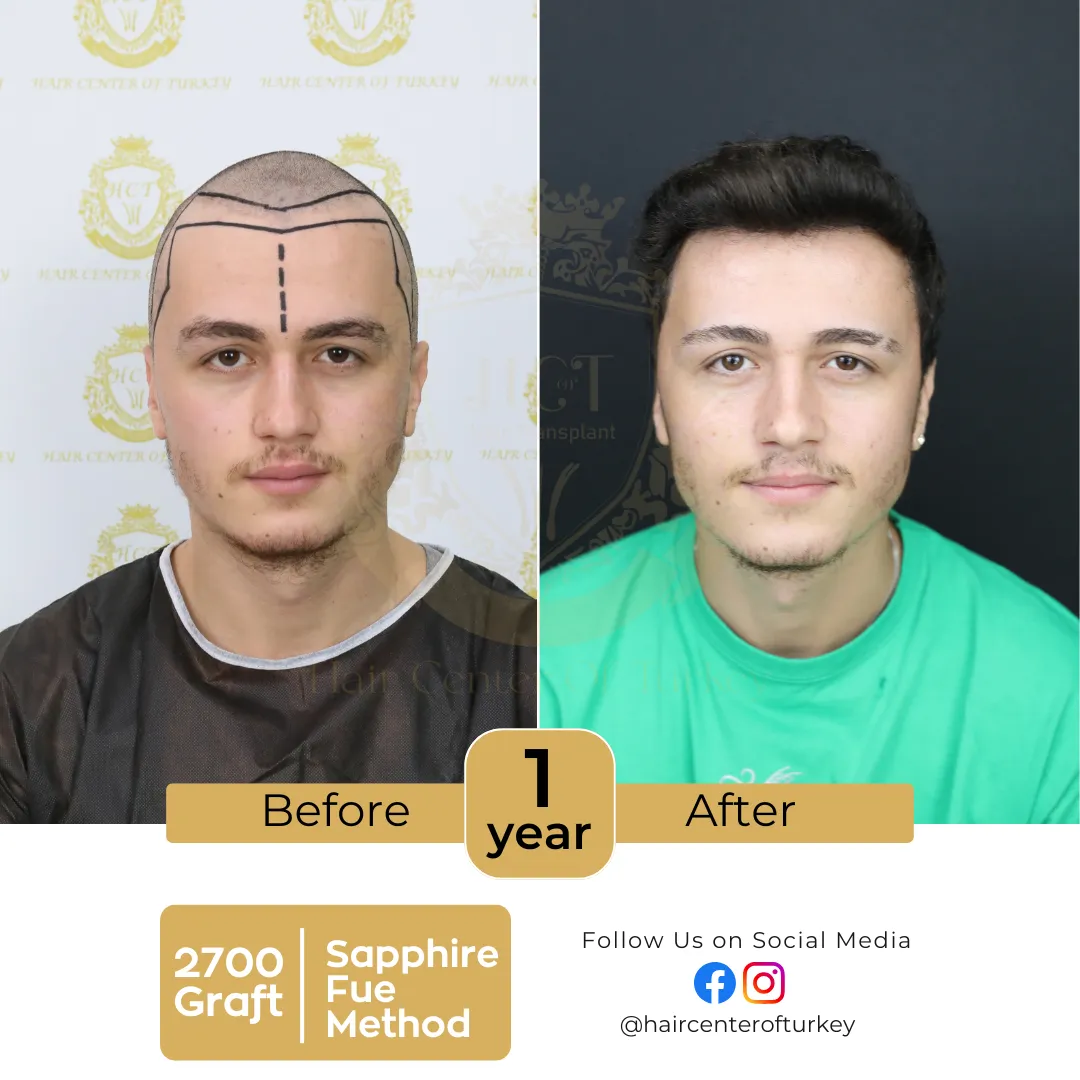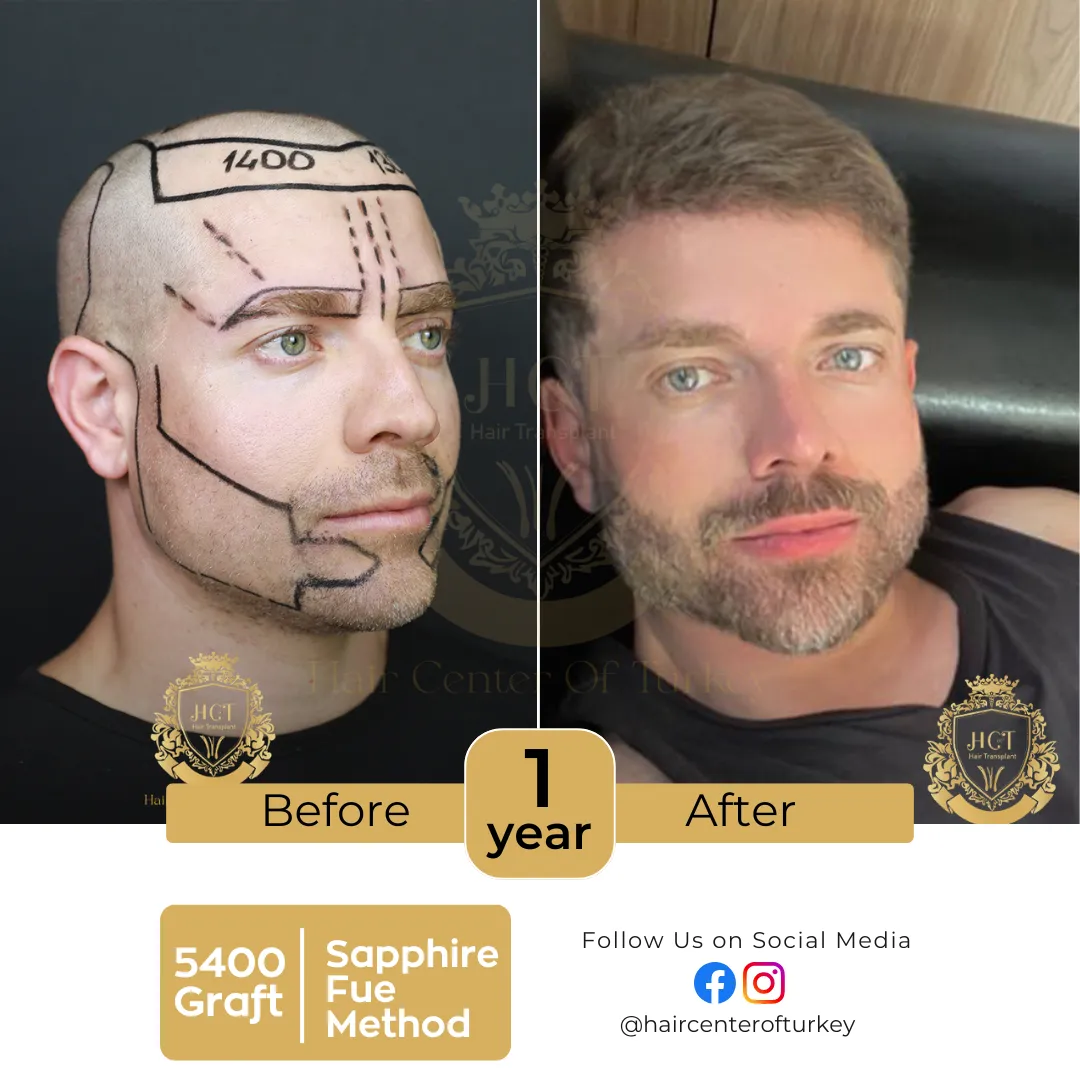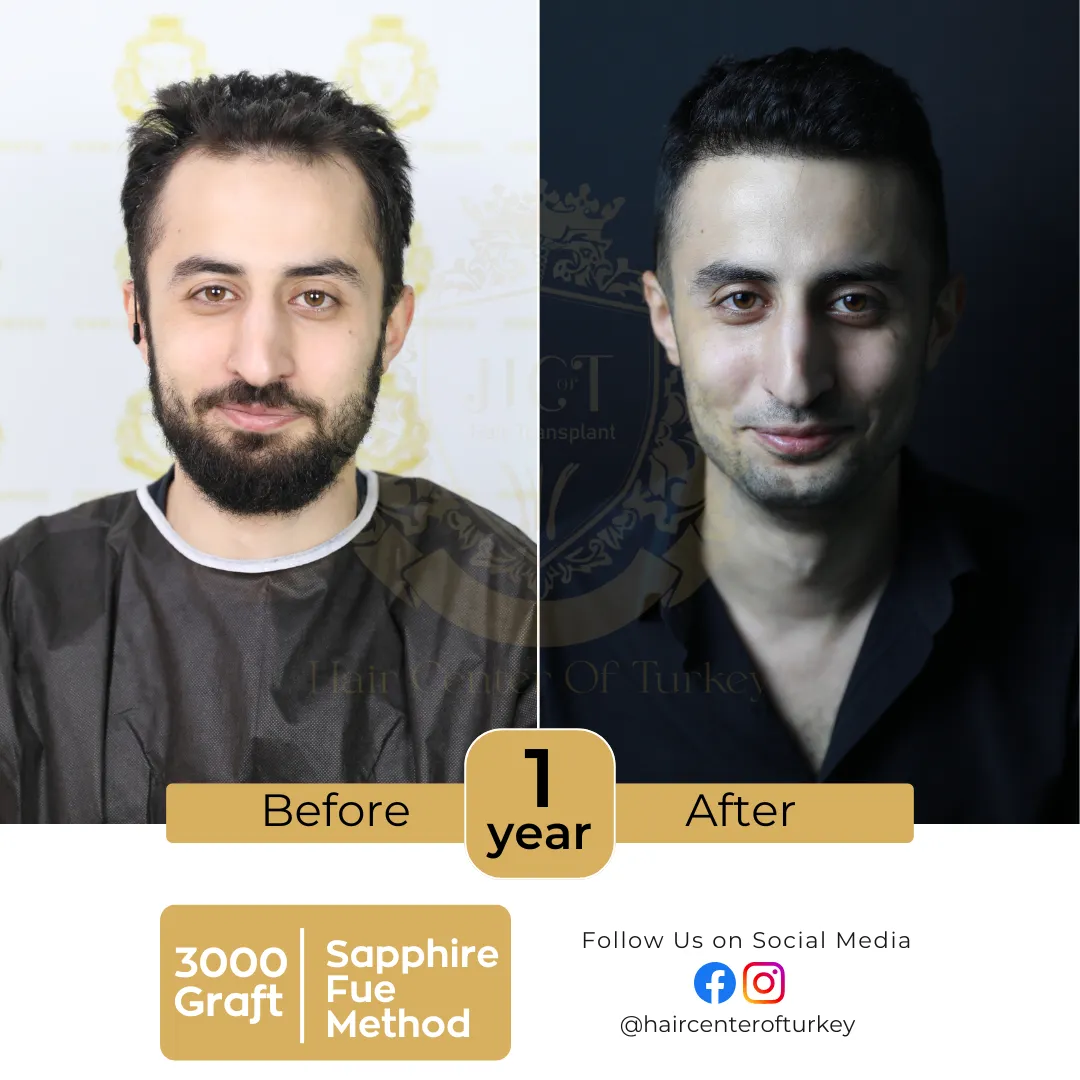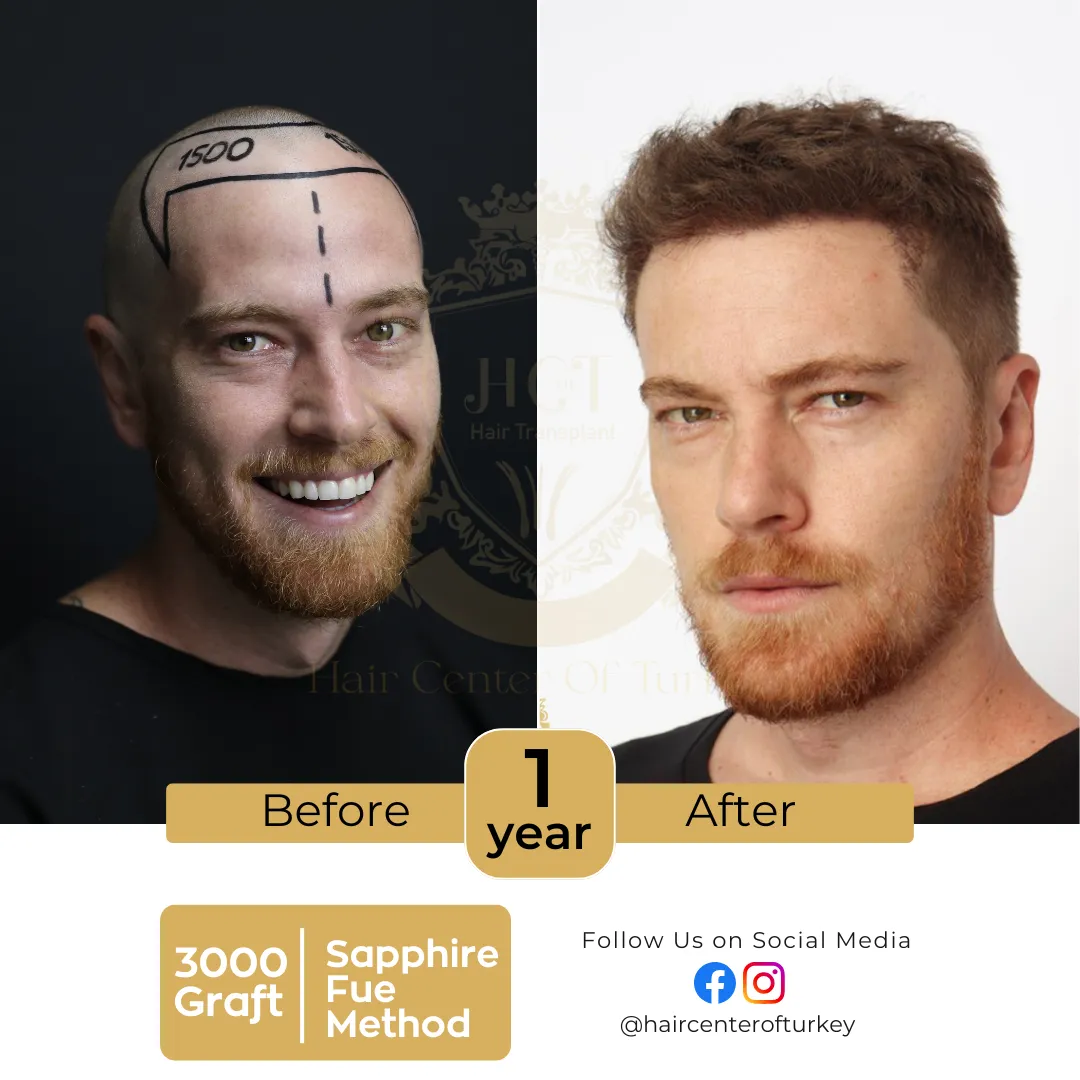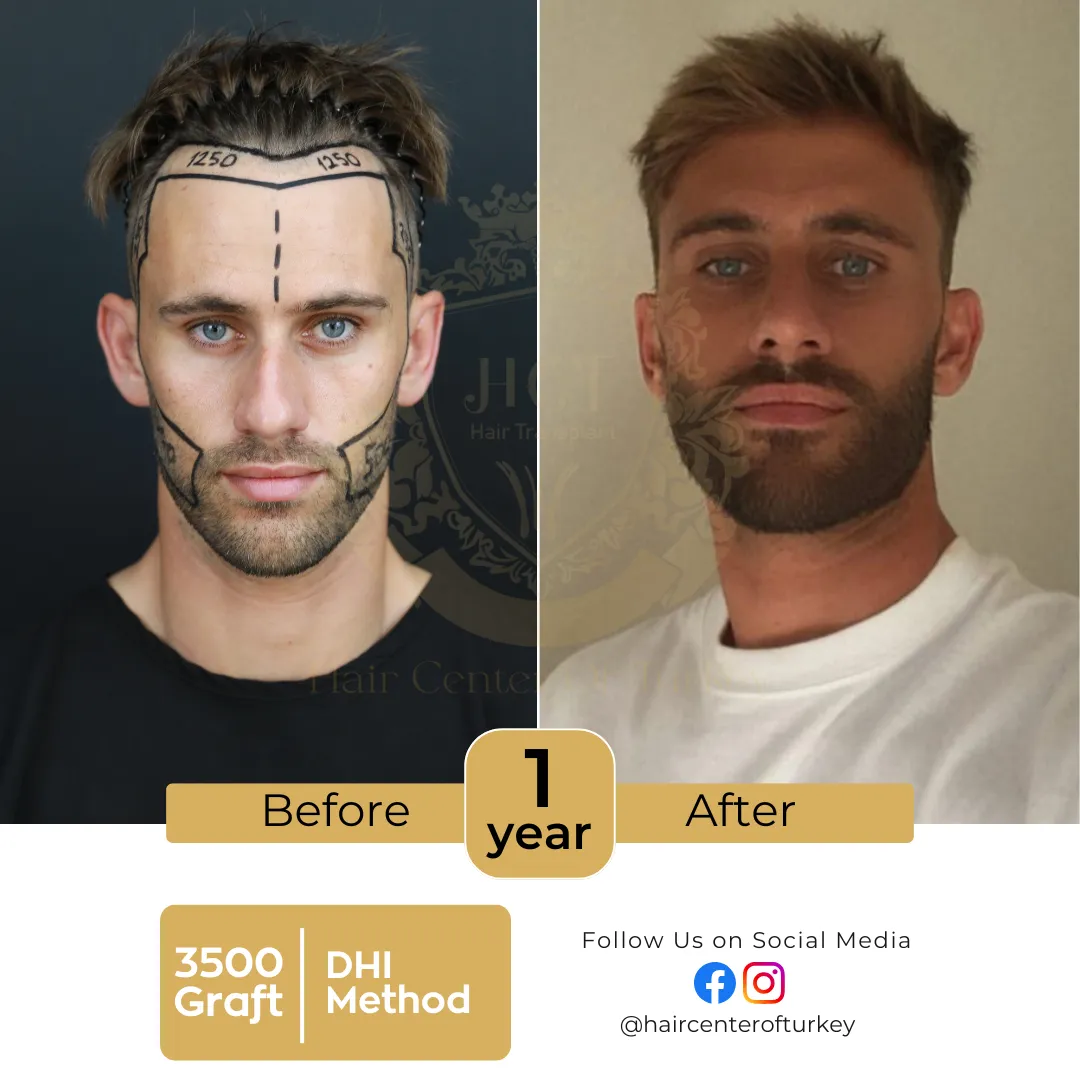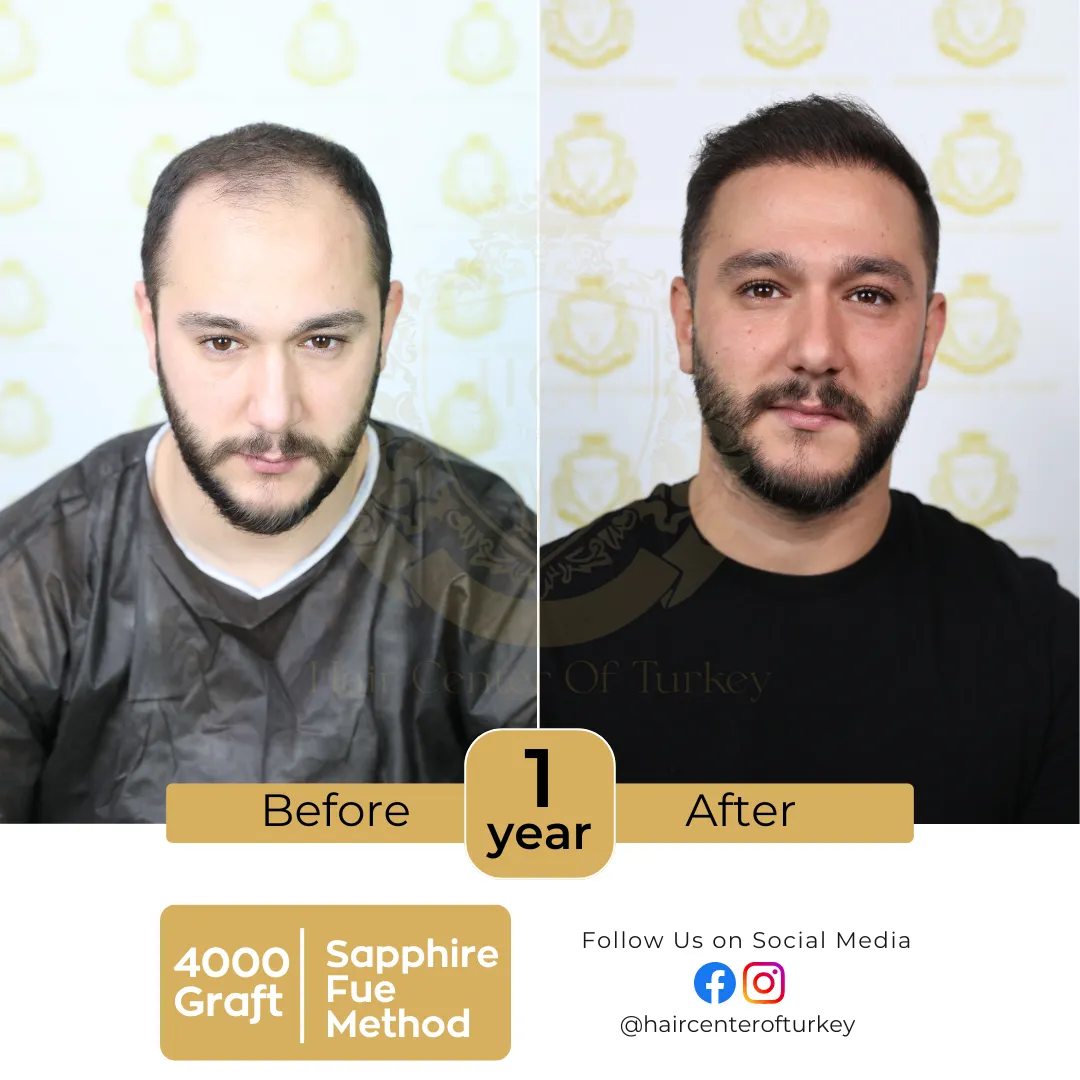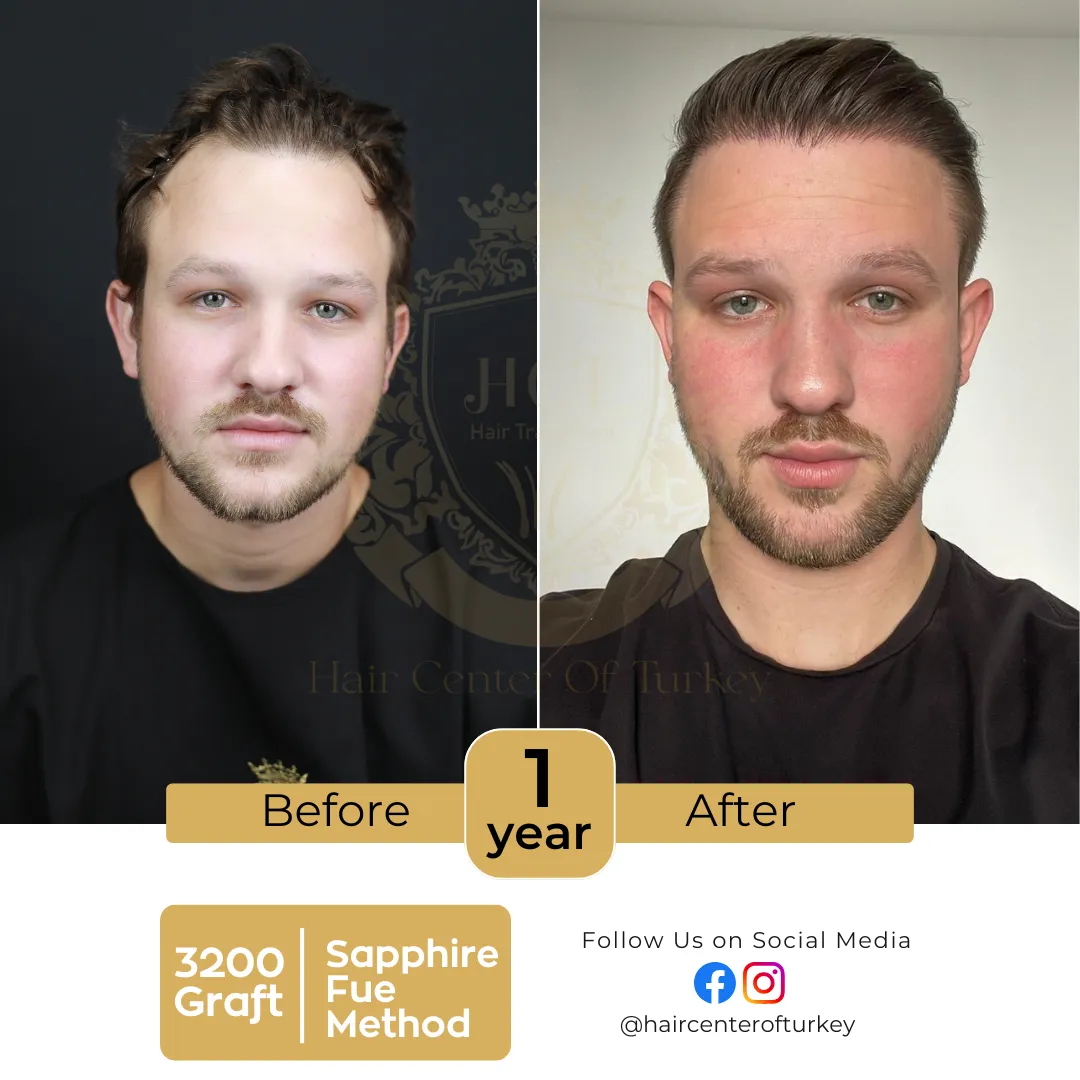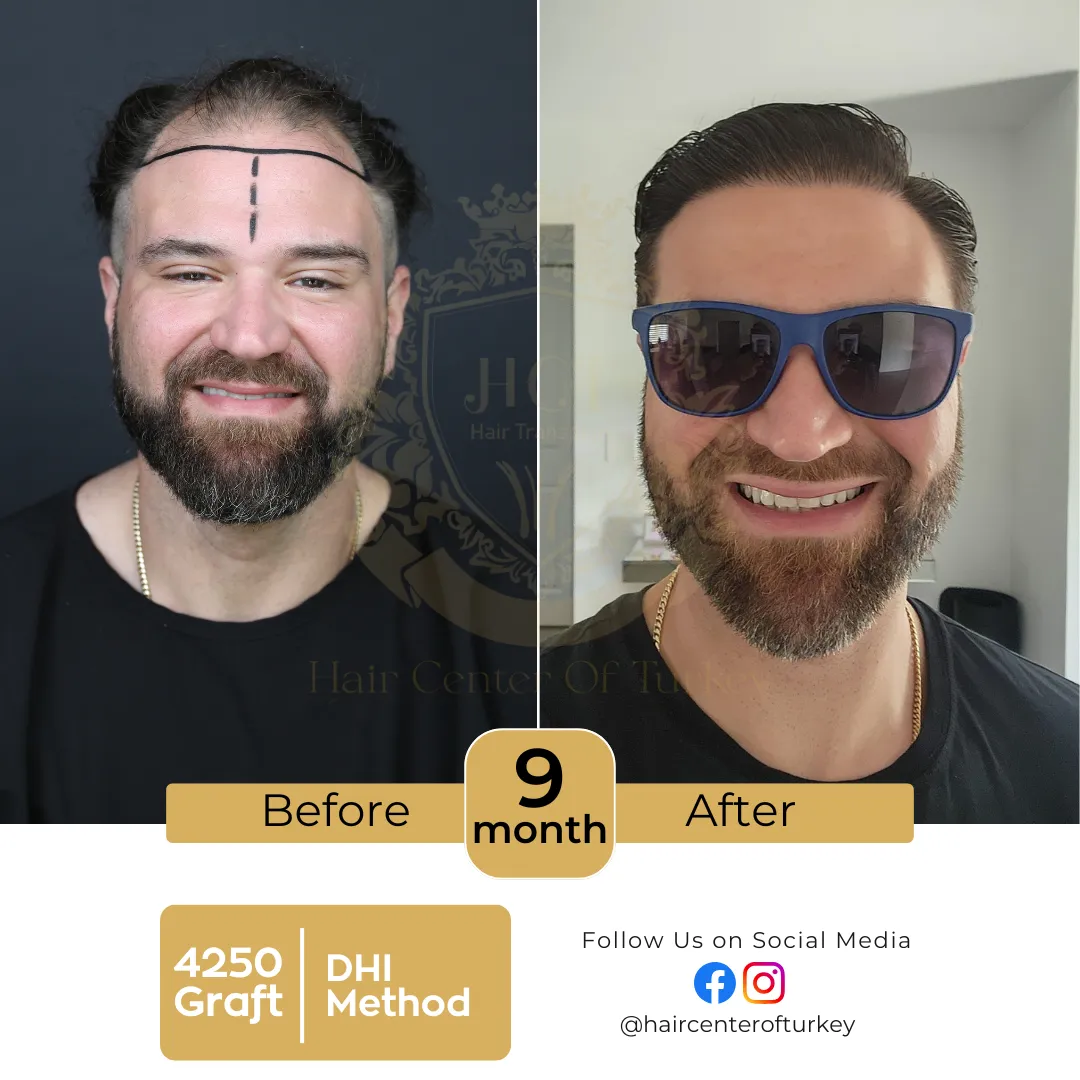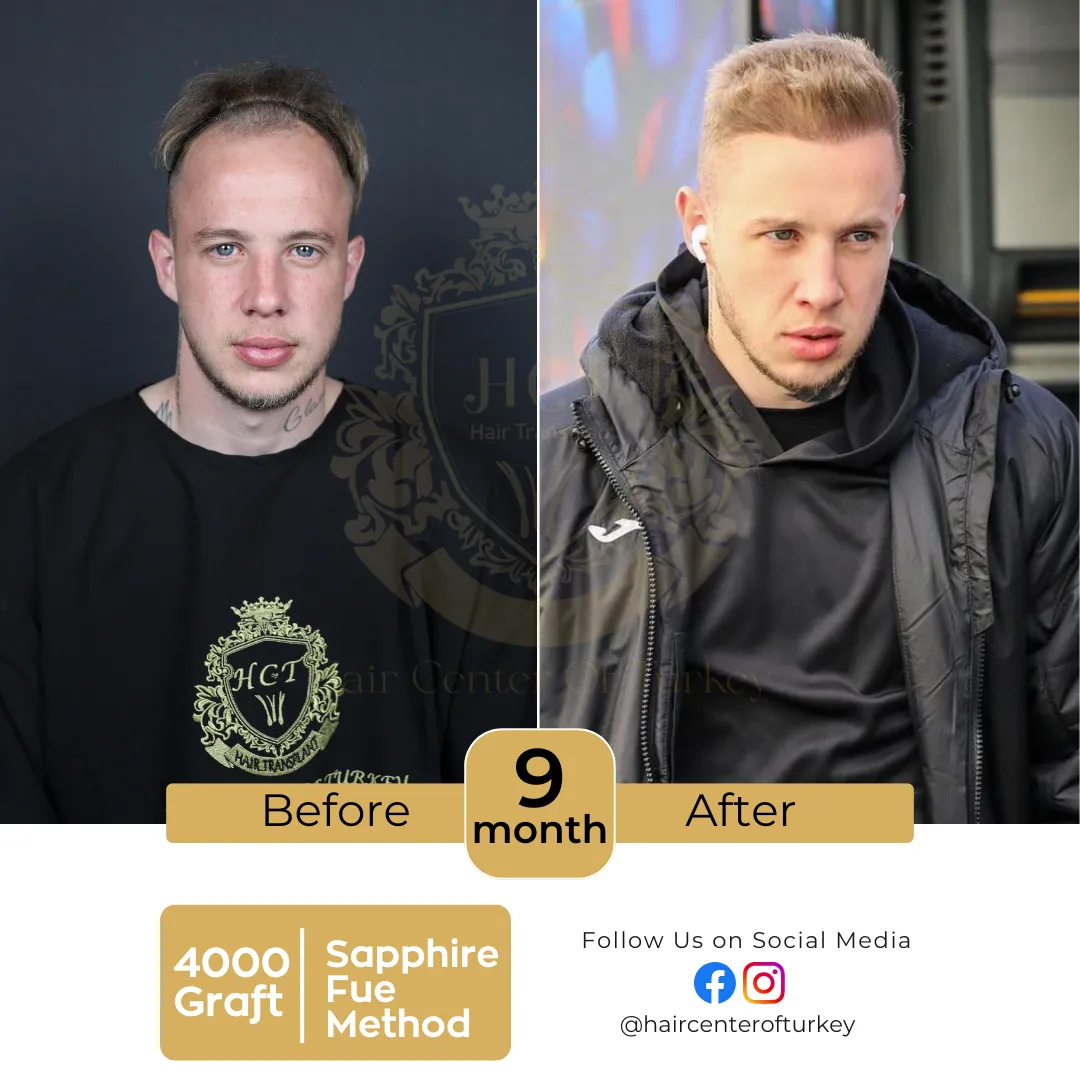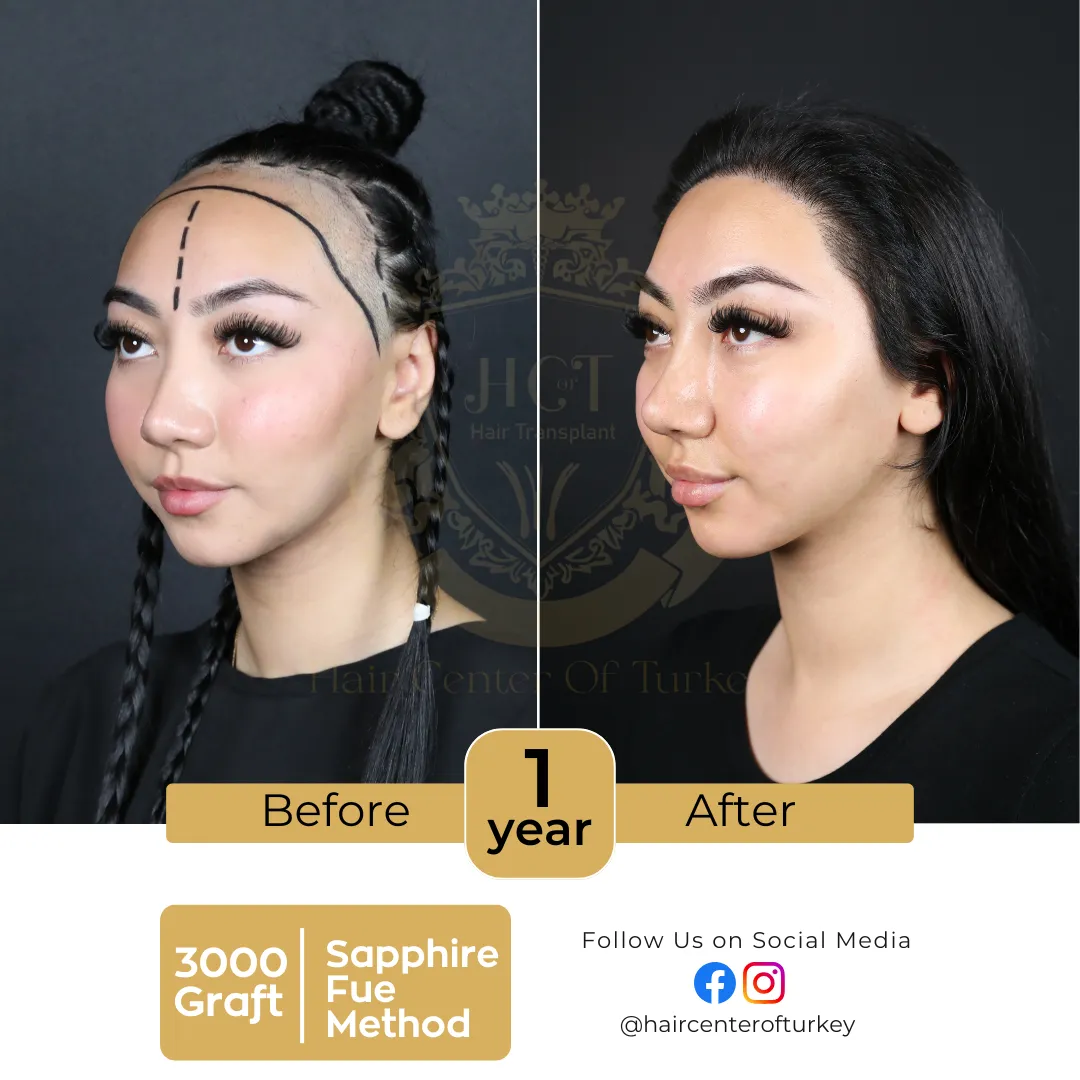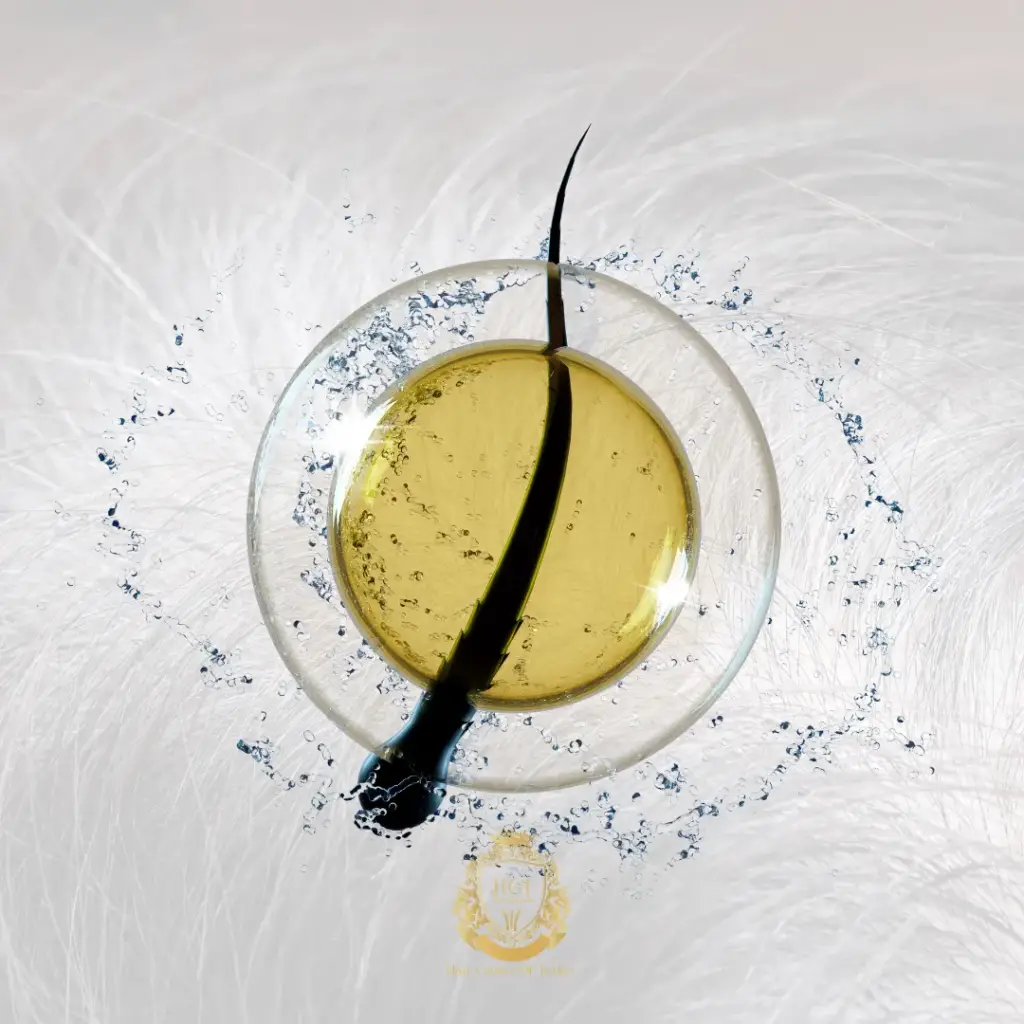What is a Widow’s Peak Hairline?
What is a Widow’s Peak? A widow peak hairline is characterized by a V-shaped point in the center of the forehead. This distinctive hairline is genetic and commonly seen in both men and women. While it may appear subtle in some, others have a more pronounced peak. The term “widow’s peak” often evokes curiosity, with many people wondering if it can be altered or if it’s a sign of hair loss.

Is a Widow’s Peak Common Among People?
Yes, a widow peak is quite common, especially among individuals with certain genetic backgrounds. This type of hairline can appear at any age but is most noticeable as people grow older. It is more often associated with men but can appear in women as well. Some might have it from birth, while others develop it over time.
How Can You Define the Shape of a Widow’s Peak?
The shape of a widow’s peak varies from person to person. Typically, it forms a V-like structure where the hairline dips in the middle and ascends towards the temples. While some have a sharp, well-defined peak, others may have a softer curve. The width and height of the V can differ significantly, depending on genetic factors.
Does a Widow Peak Cause Hair Loss?
No, a V-Shaped Hairline itself does not cause hair loss. It is simply a natural hairline shape that people inherit genetically. However, individuals with widow peaks may later experience hair loss due to other factors such as aging, genetics, or hormonal changes. Hair loss conditions like male pattern baldness can coincide with a widow peak, but the peak itself is not a symptom of hair loss.

Can a Widow Peak Be Changed?
Finasteride shedding is usually temporary and lasts between 2-3 months. Once the shedding phase subsides, most individuals notice improvements in hair thickness and density as new hair grows.
Are There Treatments for a Widow Peak?
While a widow’s peak itself requires no treatment, many people choose cosmetic procedures to alter its appearance. The most popular treatment is hair transplant, where healthy hair follicles are moved to the receded or pointed part of the receding hairline. This can help create a more balanced, natural hairline. Another option is scalp micropigmentation, a non-invasive treatment that uses pigments to fill in the receding hairline and create the illusion of thicker hair.
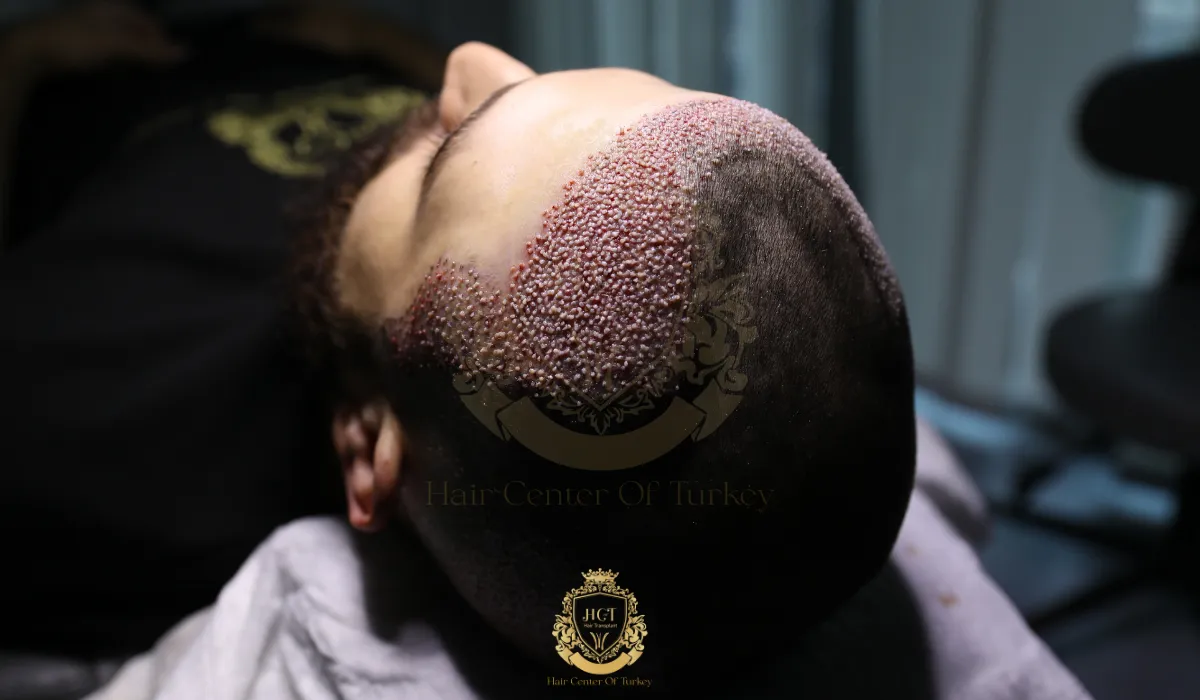
How Does a Widow Peak Affect a Person’s Appearance?
A widow’s peak can significantly alter a person’s facial features. For some, the V-shape draws attention to their eyes, enhancing their look. For others, it may appear as a sign of aging or contribute to the appearance of a higher forehead. This varied response makes it a subject of interest for people considering hair restoration or styling changes.
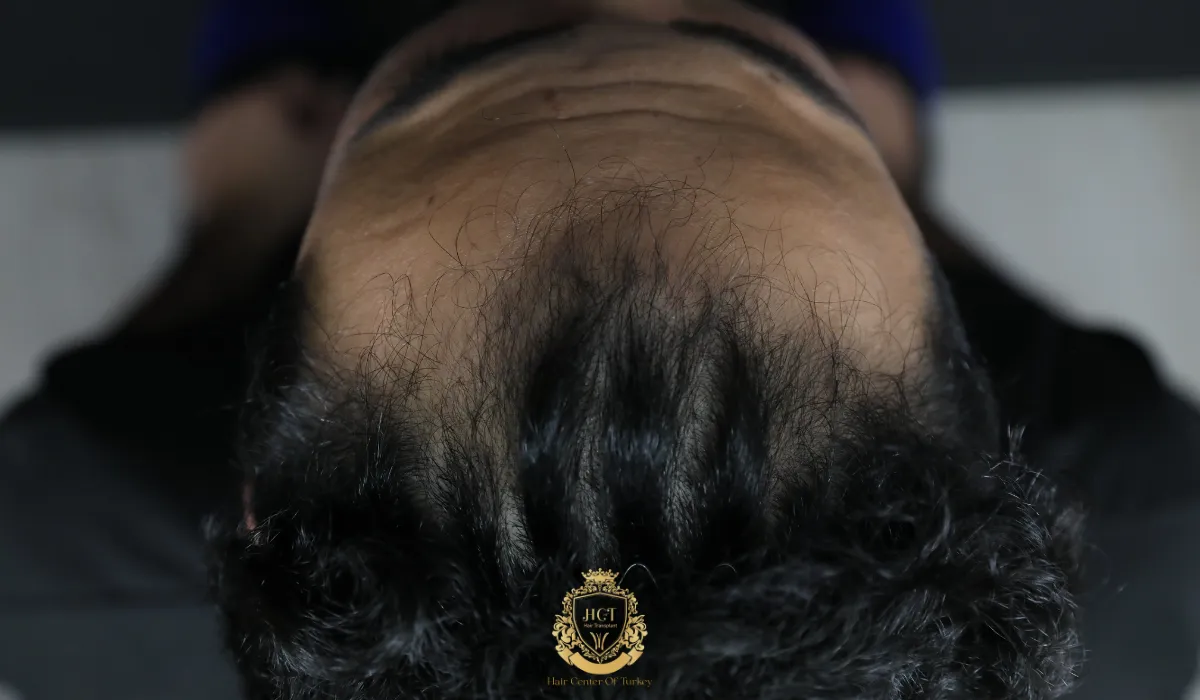
Why Do Some People Want to Change Their Widow Peak?
People choose to alter their widow’s peak for different reasons. For some, it’s about enhancing their facial symmetry, while others may feel self-conscious about the shape. Cosmetic treatments and hair restoration services can offer a chance to smooth out the hairline and improve overall confidence.
Can You Prevent a Widow‘s Peak?
Unfortunately, you cannot prevent a widow peak from forming since it is largely determined by genetics. However, maintaining a healthy lifestyle and protecting your hair from damage can help prevent hair thinning or hair loss that may worsen the appearance of your V-Shaped Hairline over time. Regular use of quality hair care products and avoiding harsh treatments can also help preserve your hairline.

How Does a Widow Peak Relate to Baldness?
A widow’s peak is often a distinctive feature of individuals who may eventually experience male or female pattern baldness. However, it is important to note that a widow peak does not directly lead to baldness. Instead, people who naturally have this widows peak hairline shape may also experience thinning or hair recession due to genetic factors or aging.
A widow’s peak is often a distinctive feature of individuals who may eventually experience male or female pattern baldness. However, it is important to note that a widow peak does not directly lead to baldness. Instead, people who naturally have this widows peak hairline shape may also experience thinning or hair recession due to genetic factors or aging.
F.A.Q. (Frequently Asked Questions)

